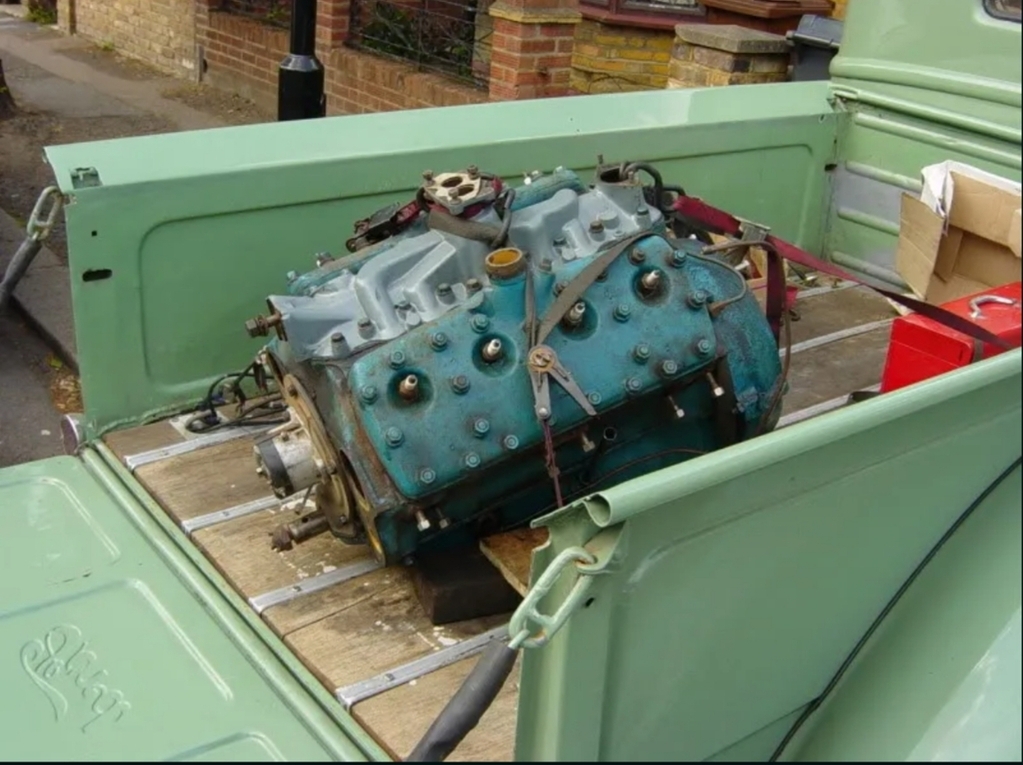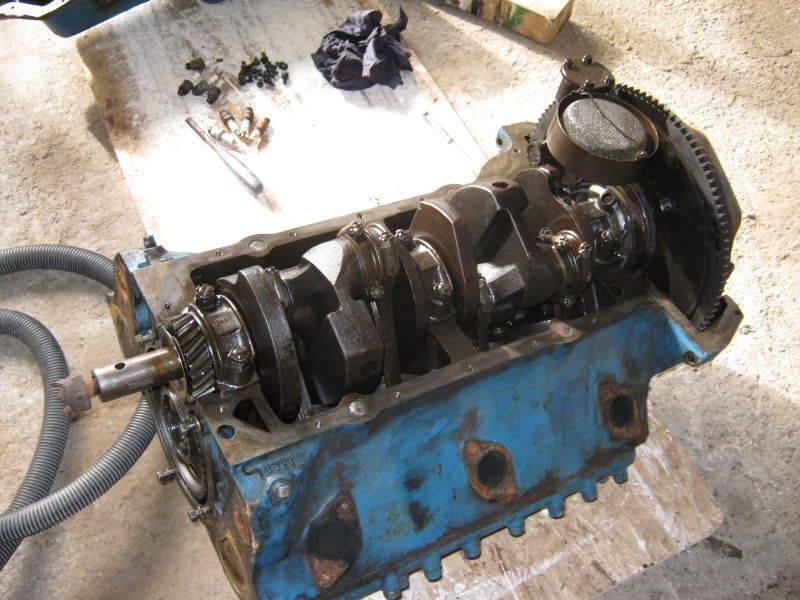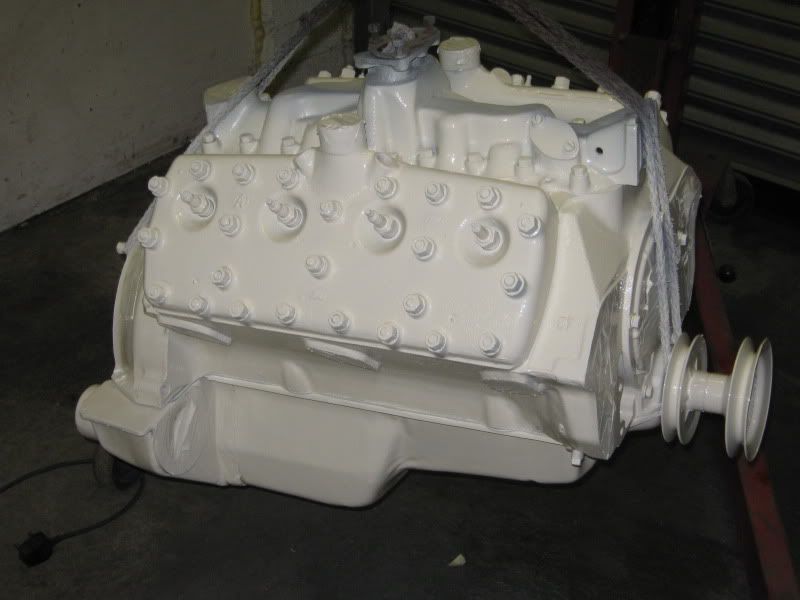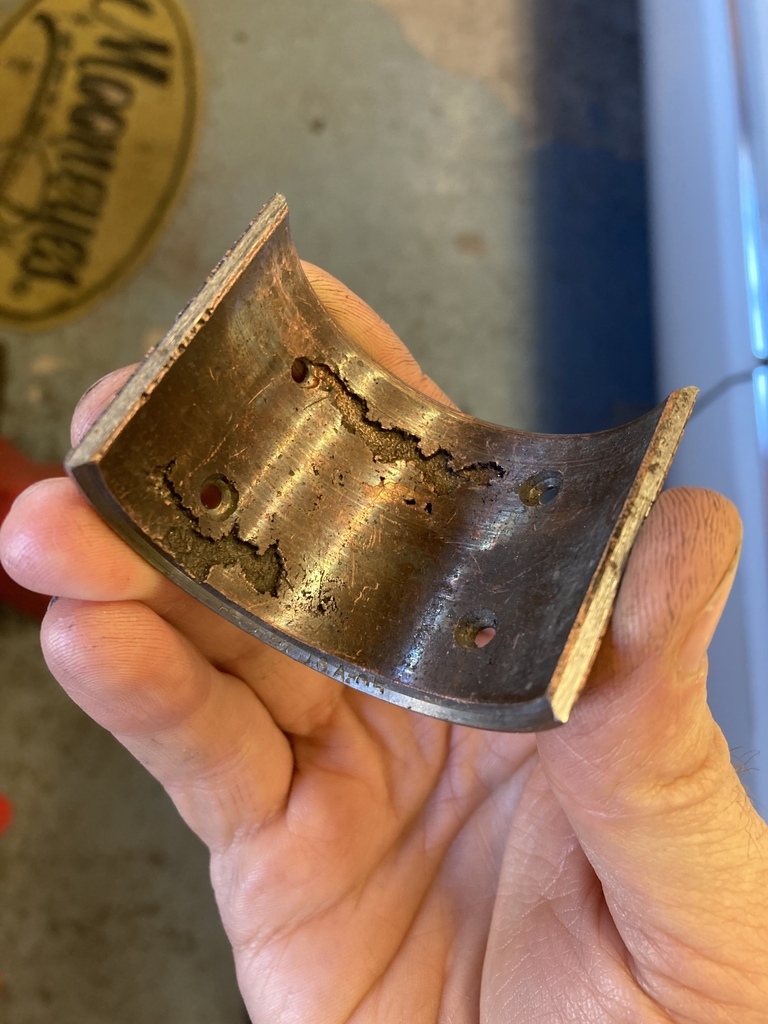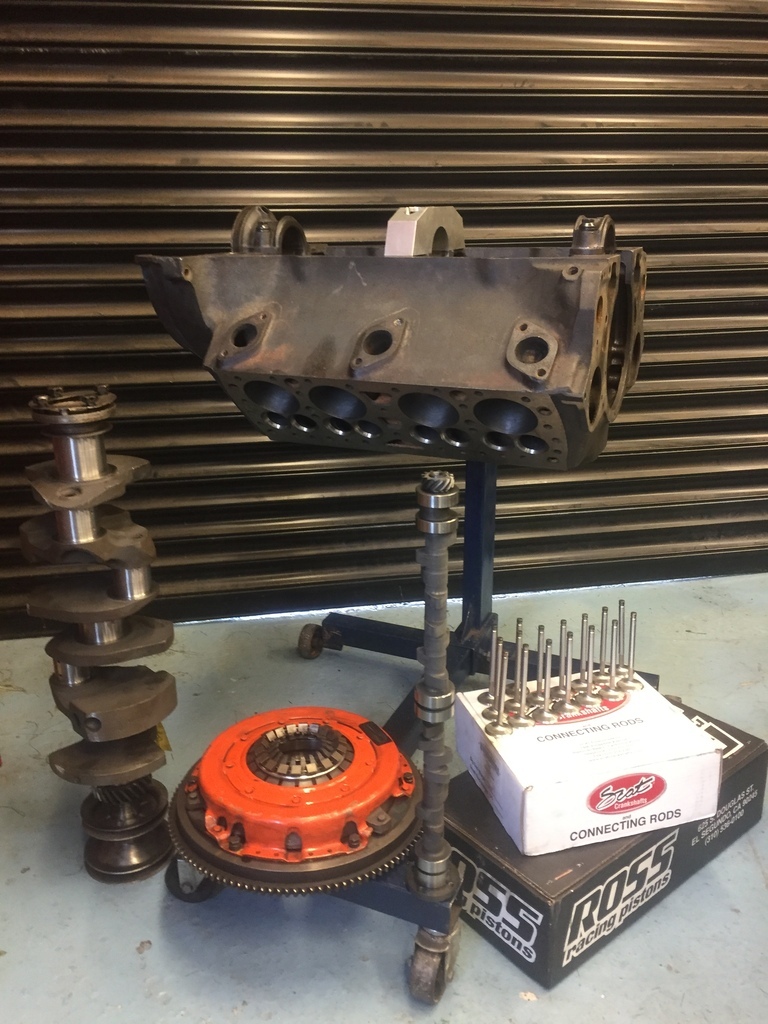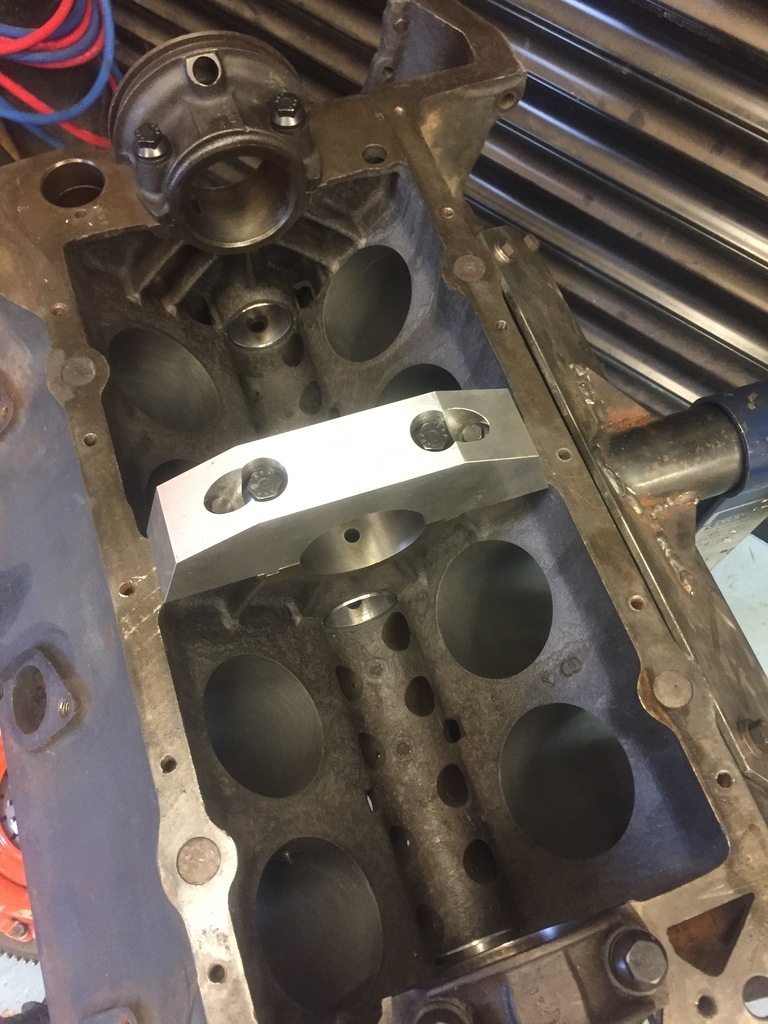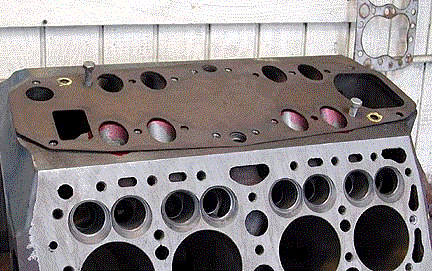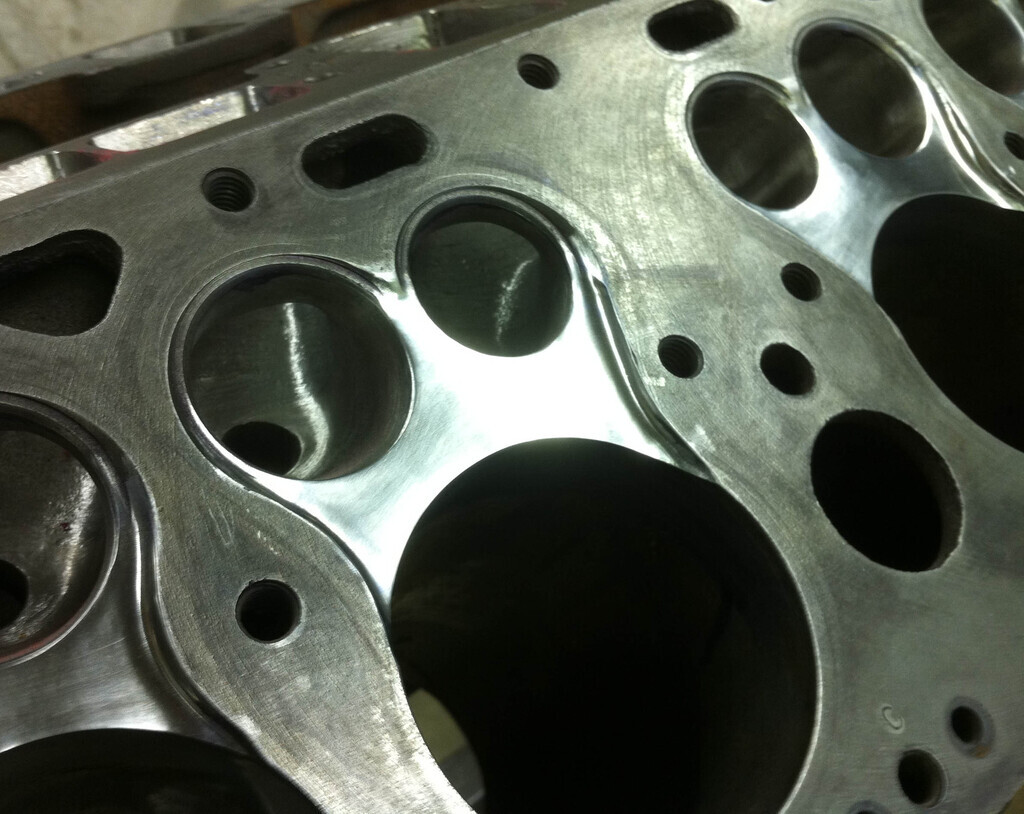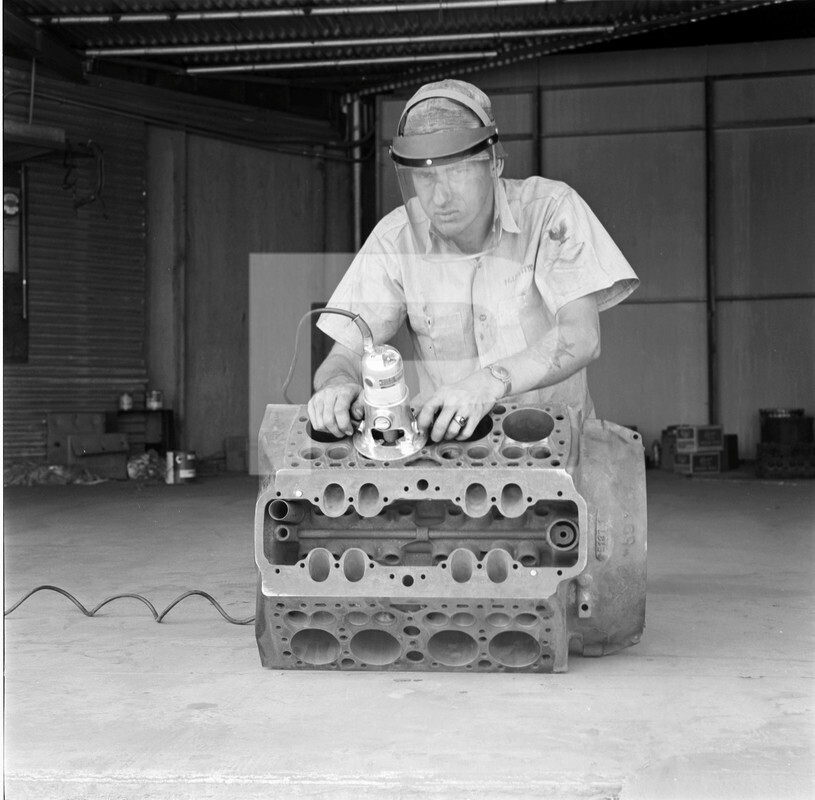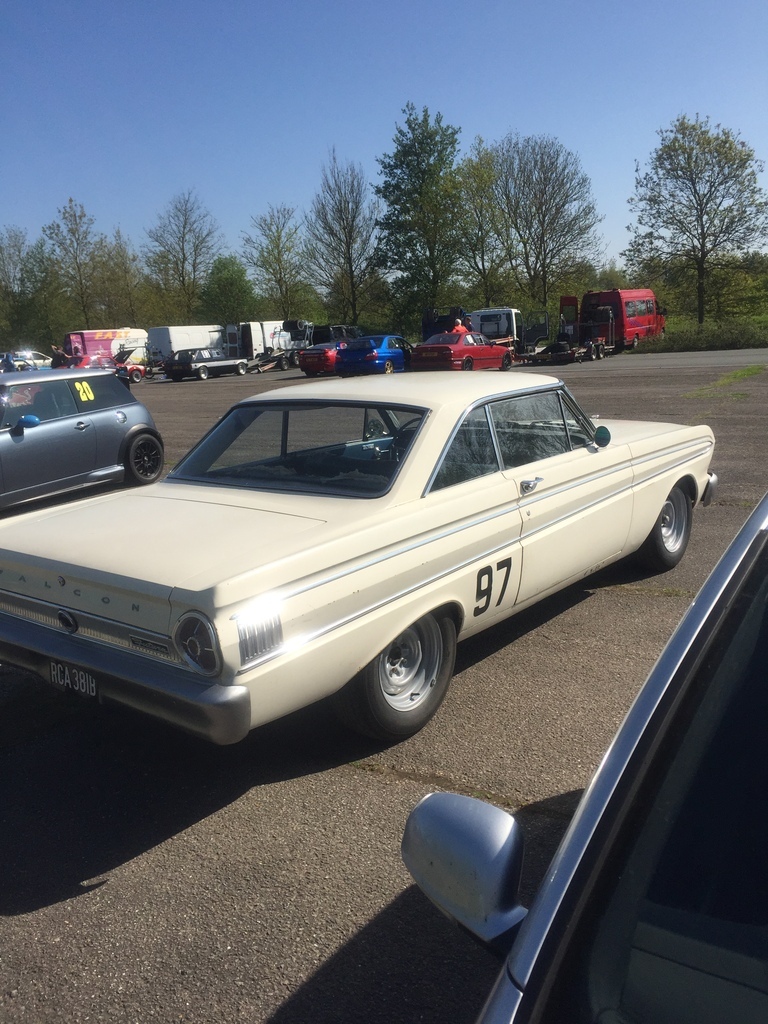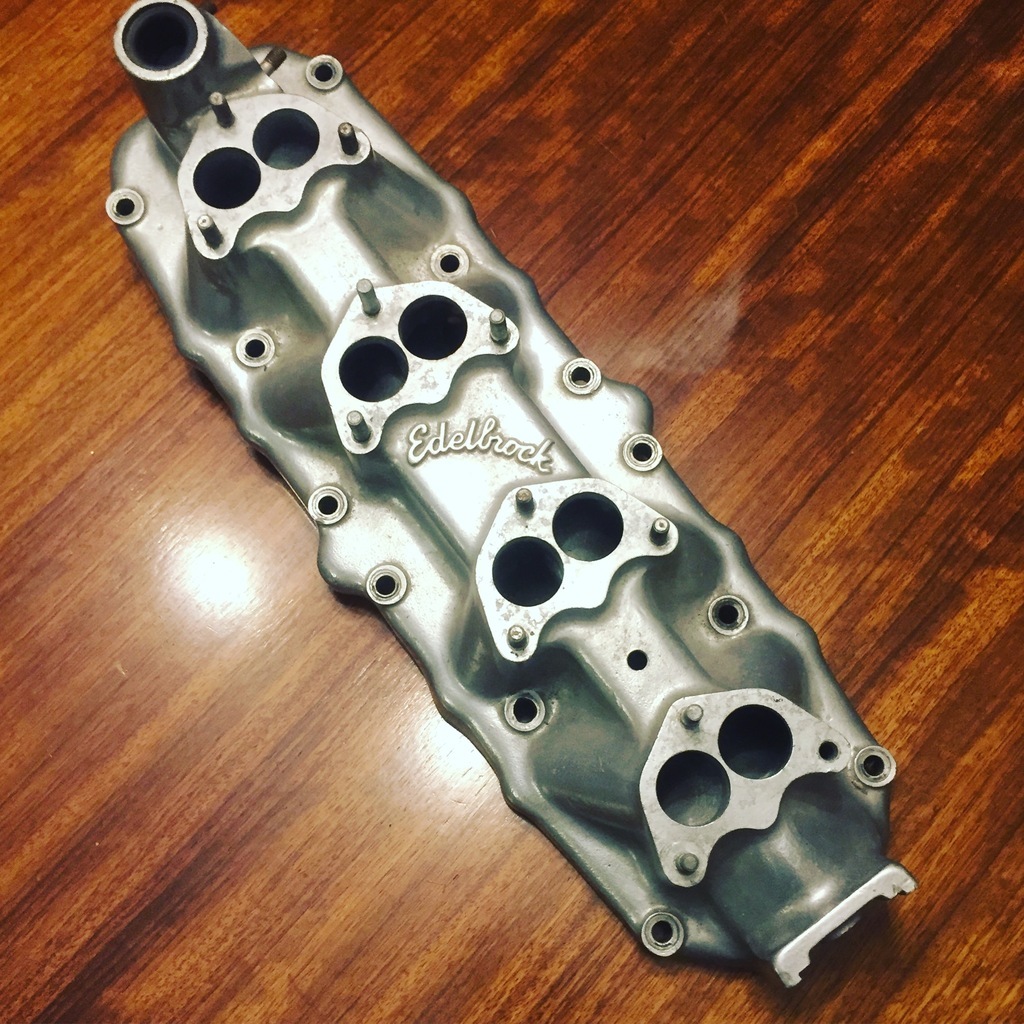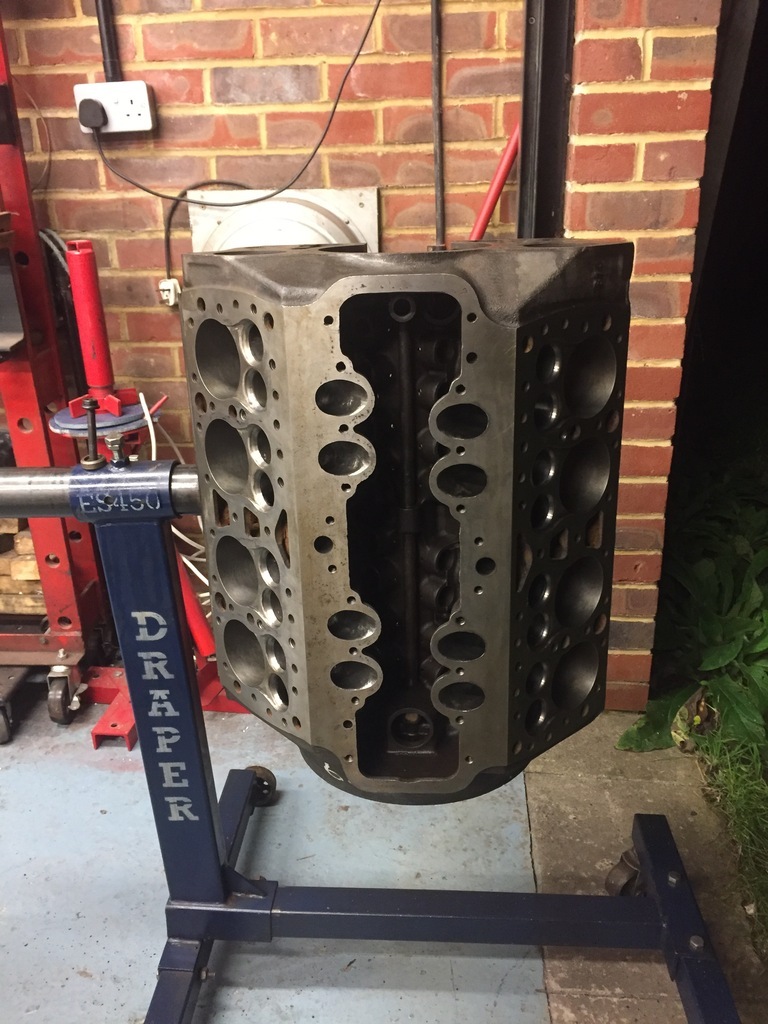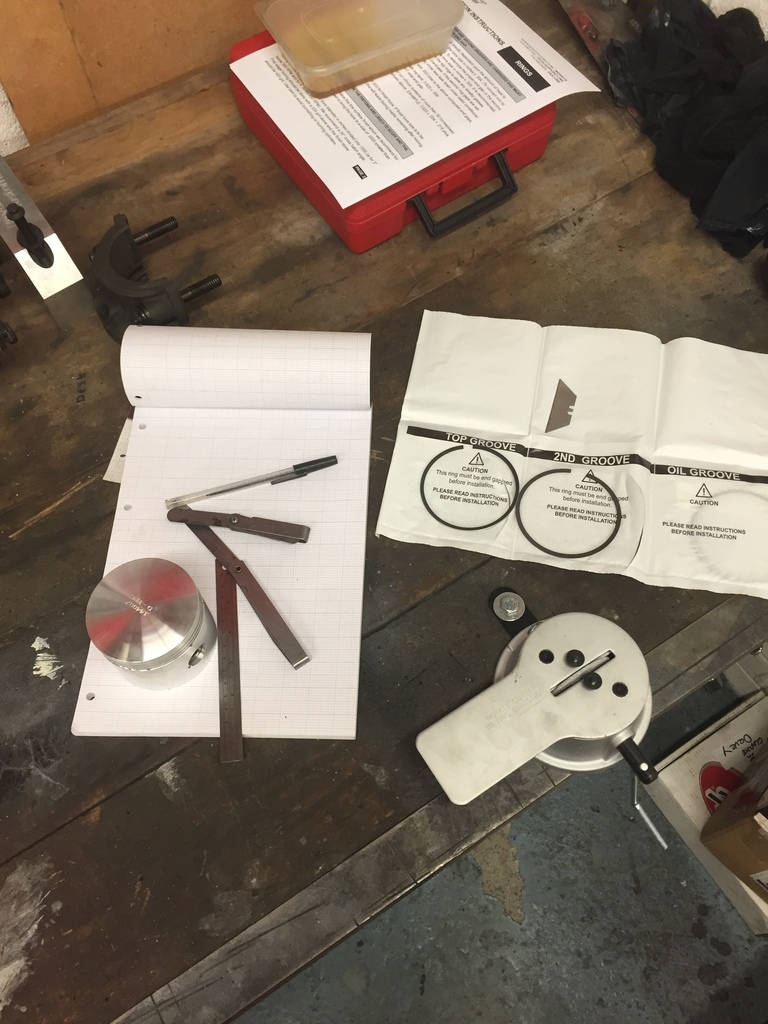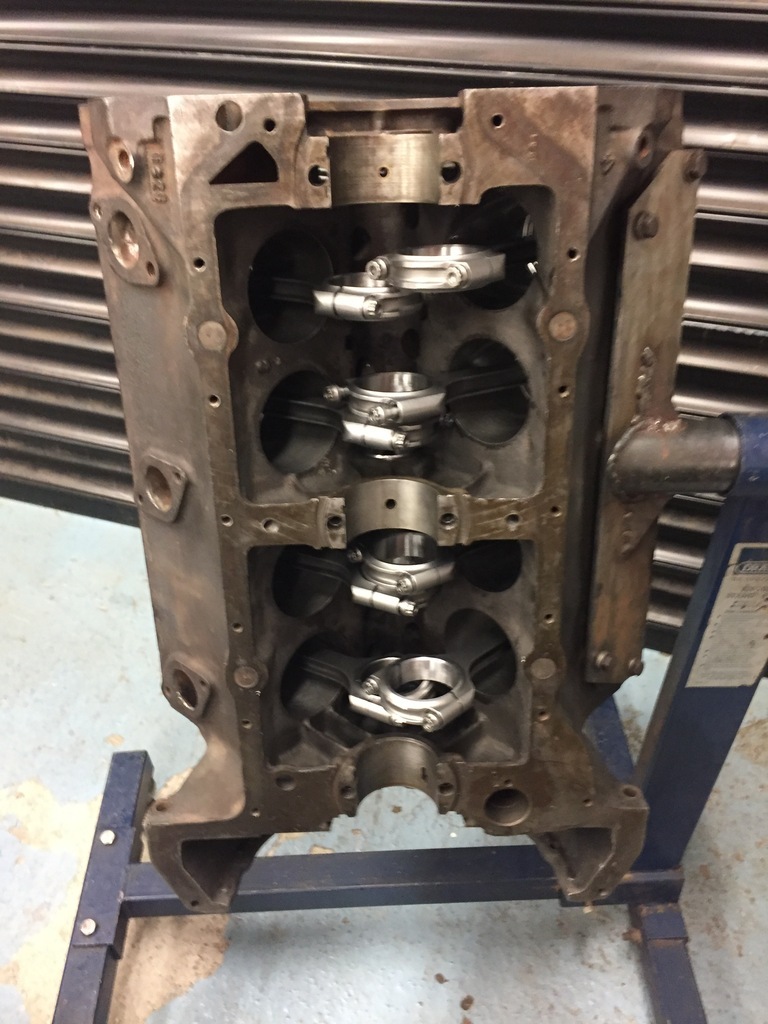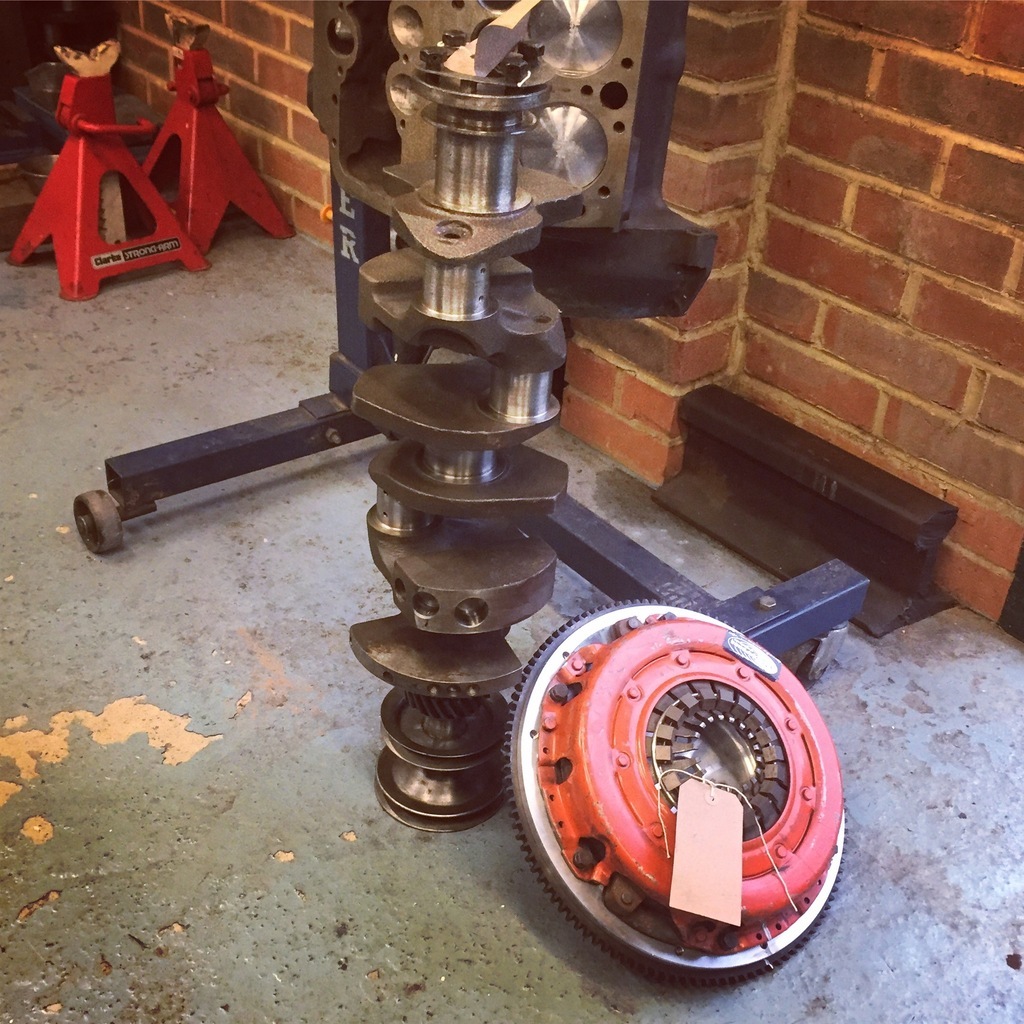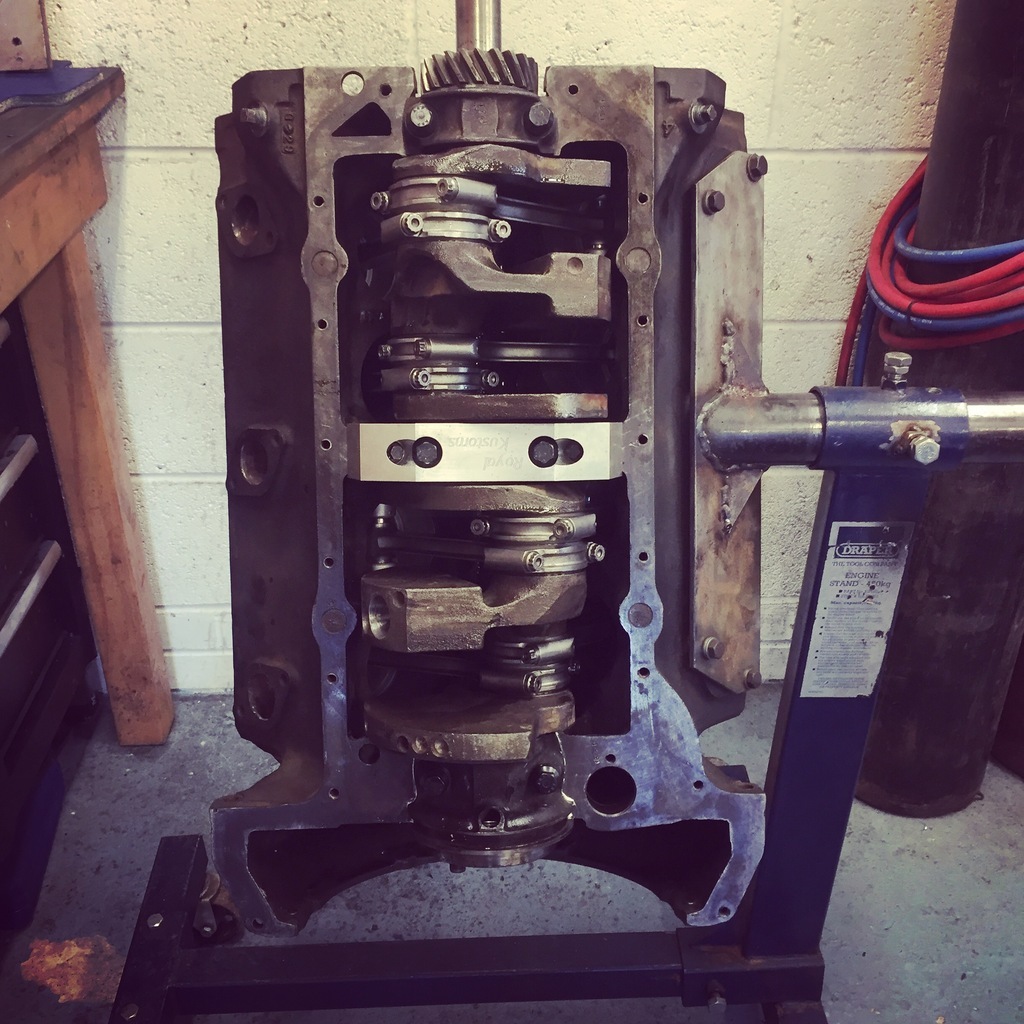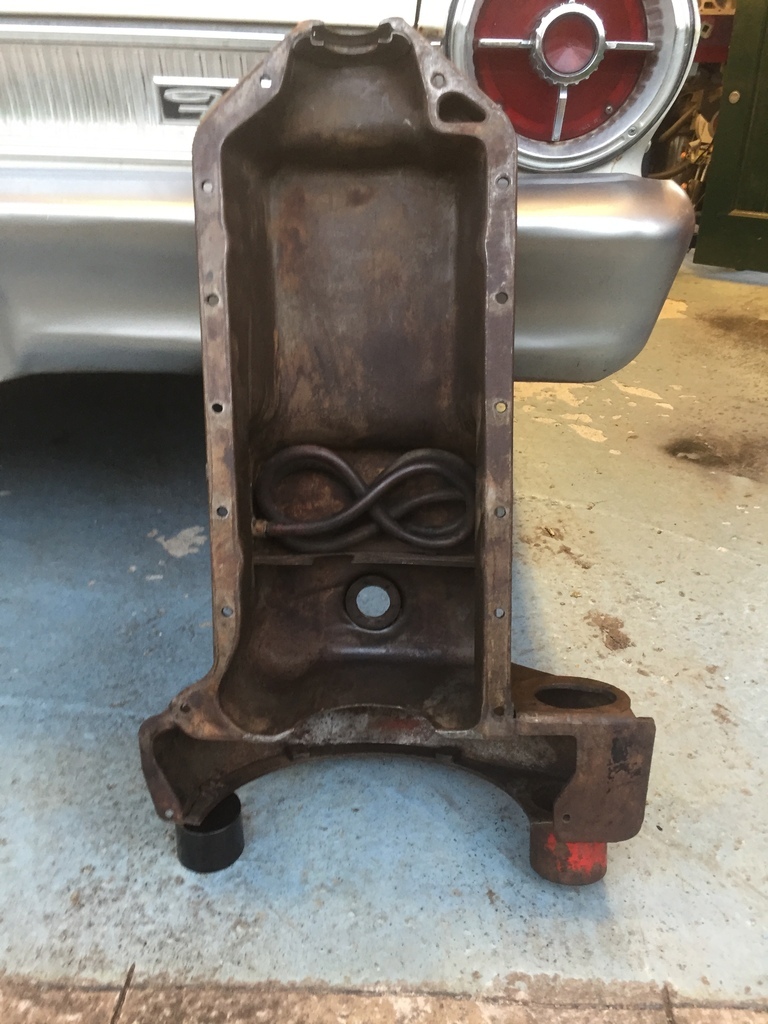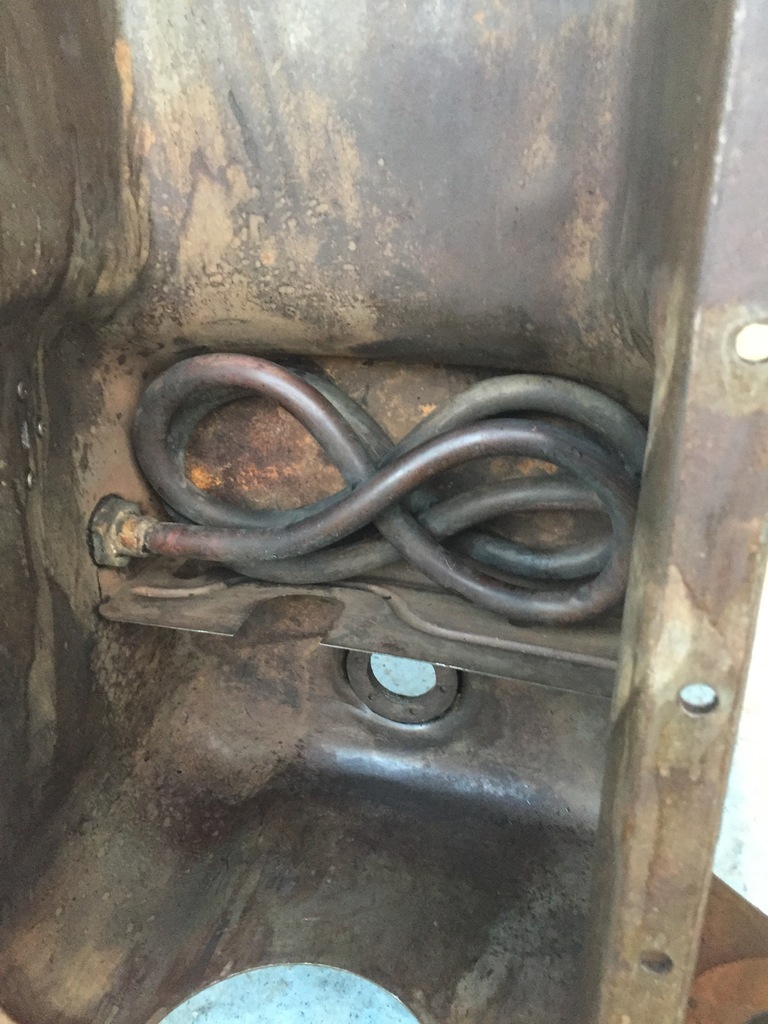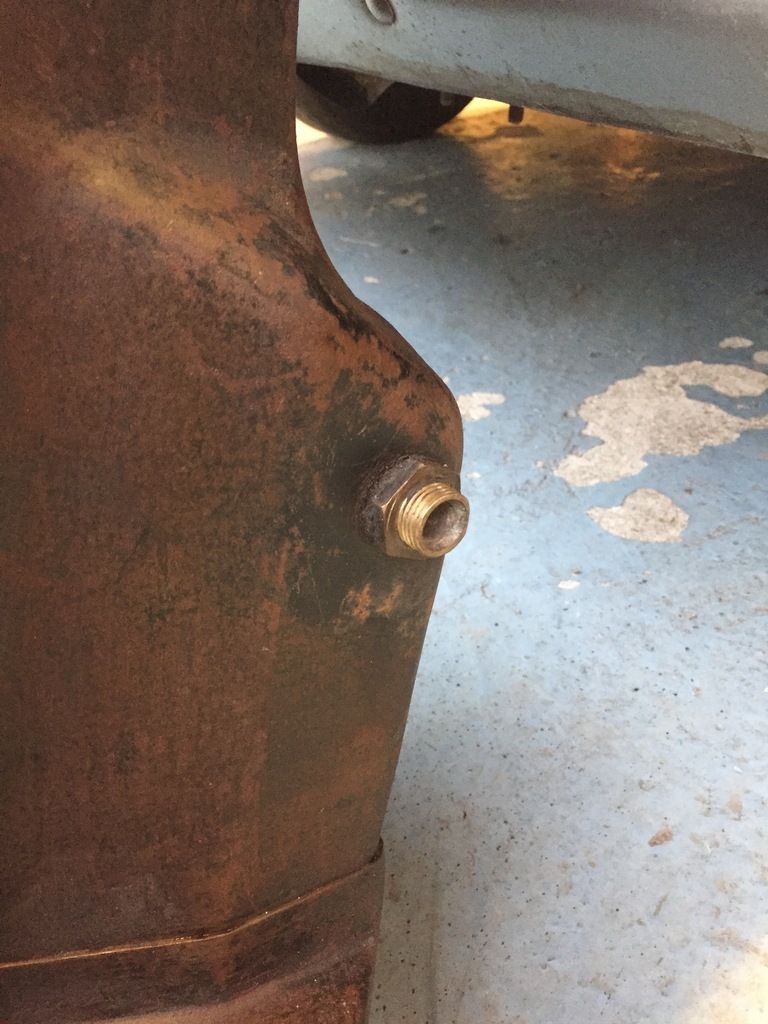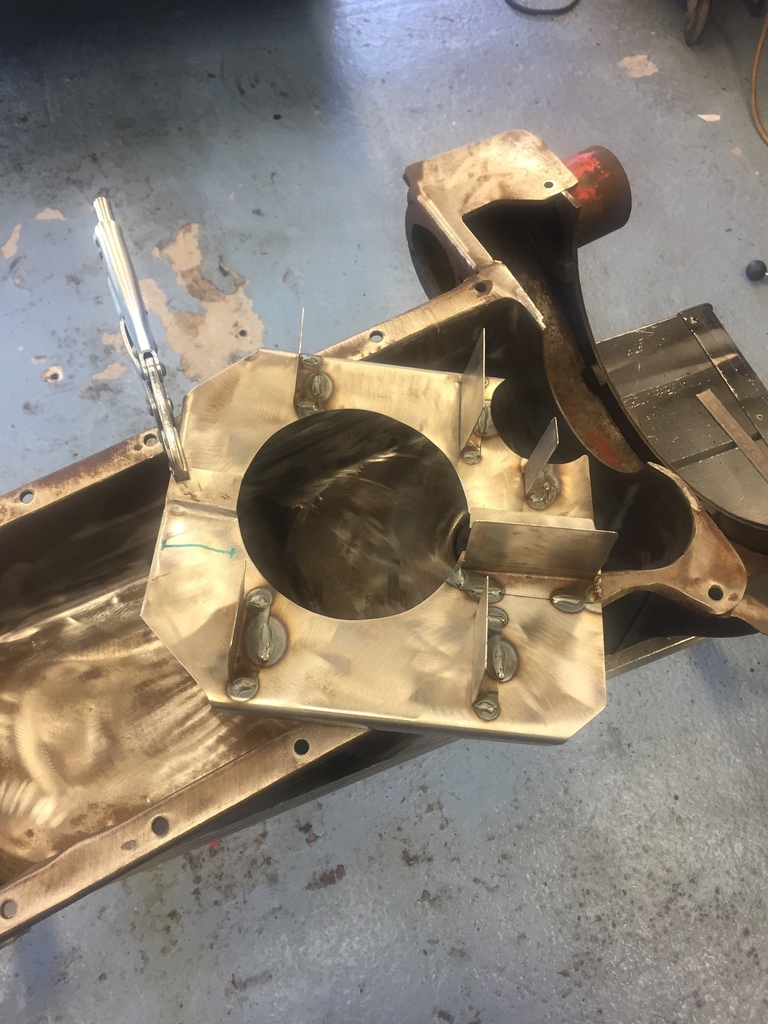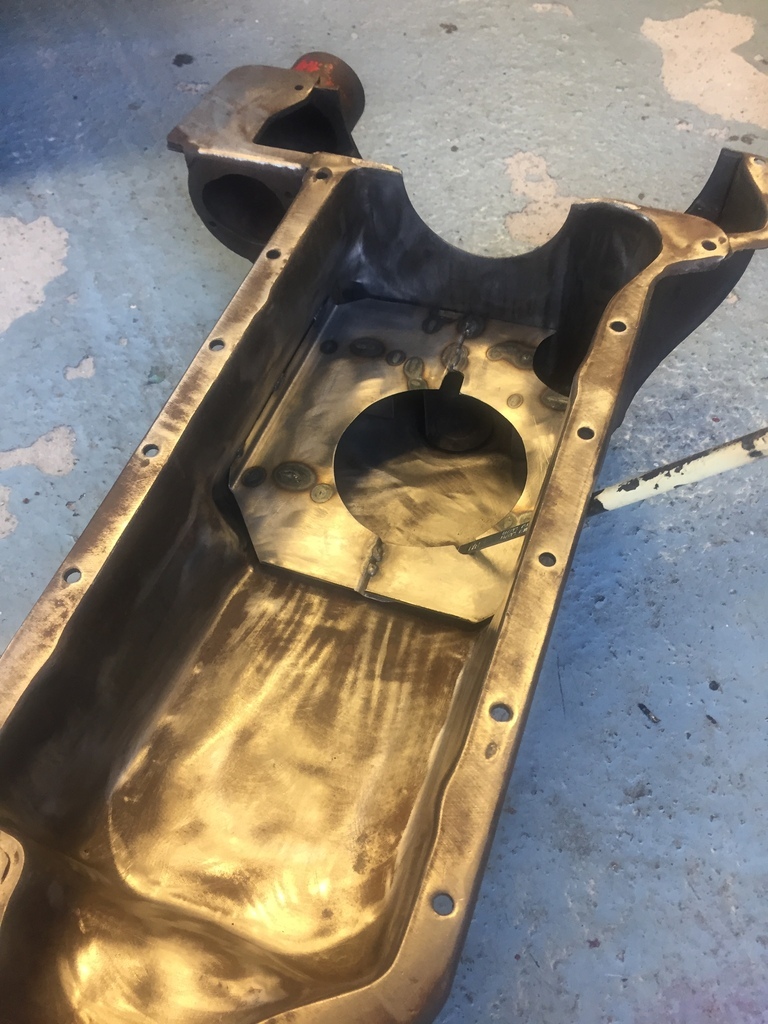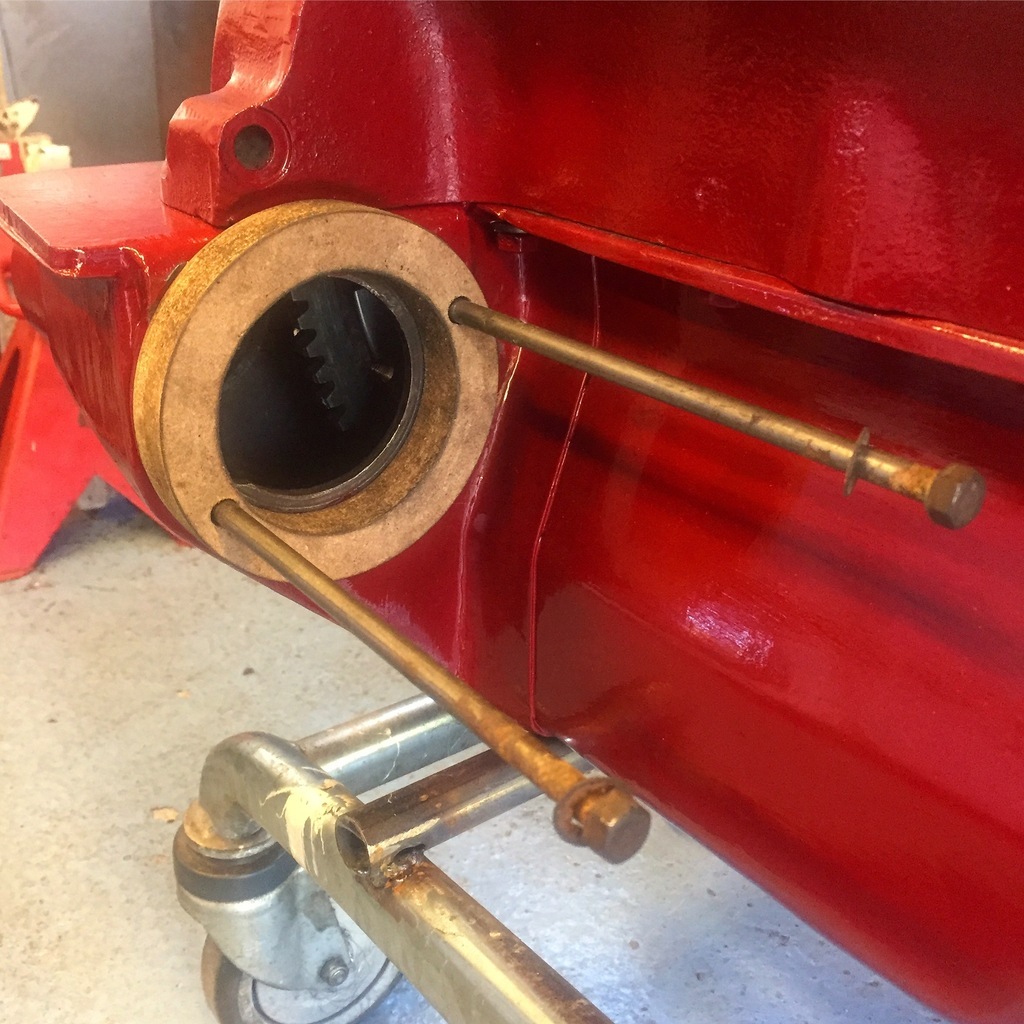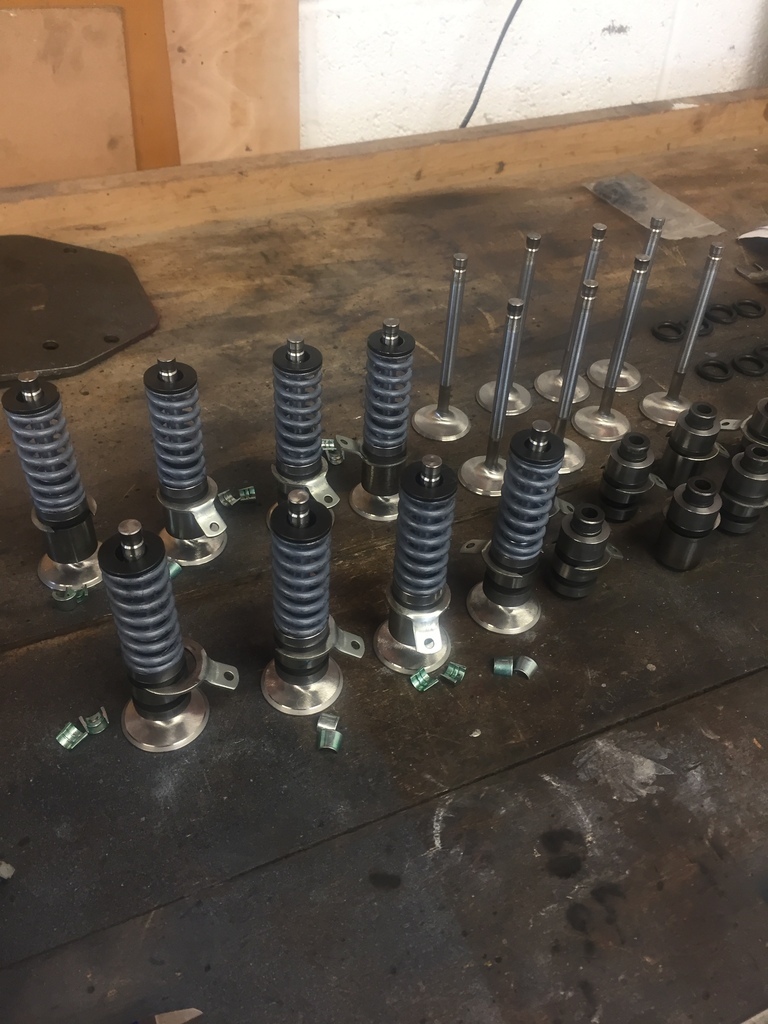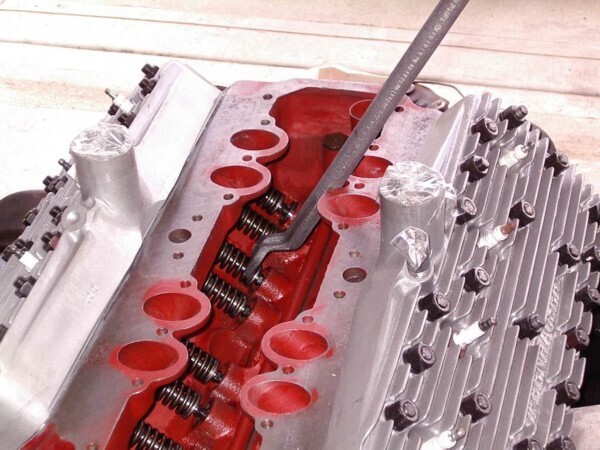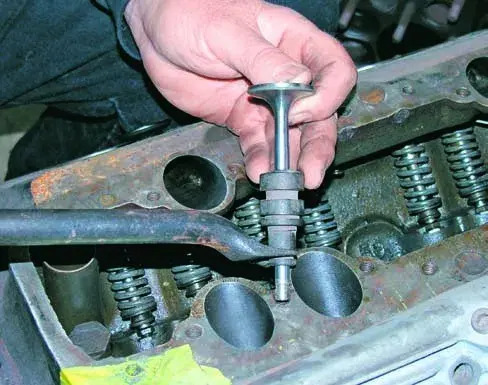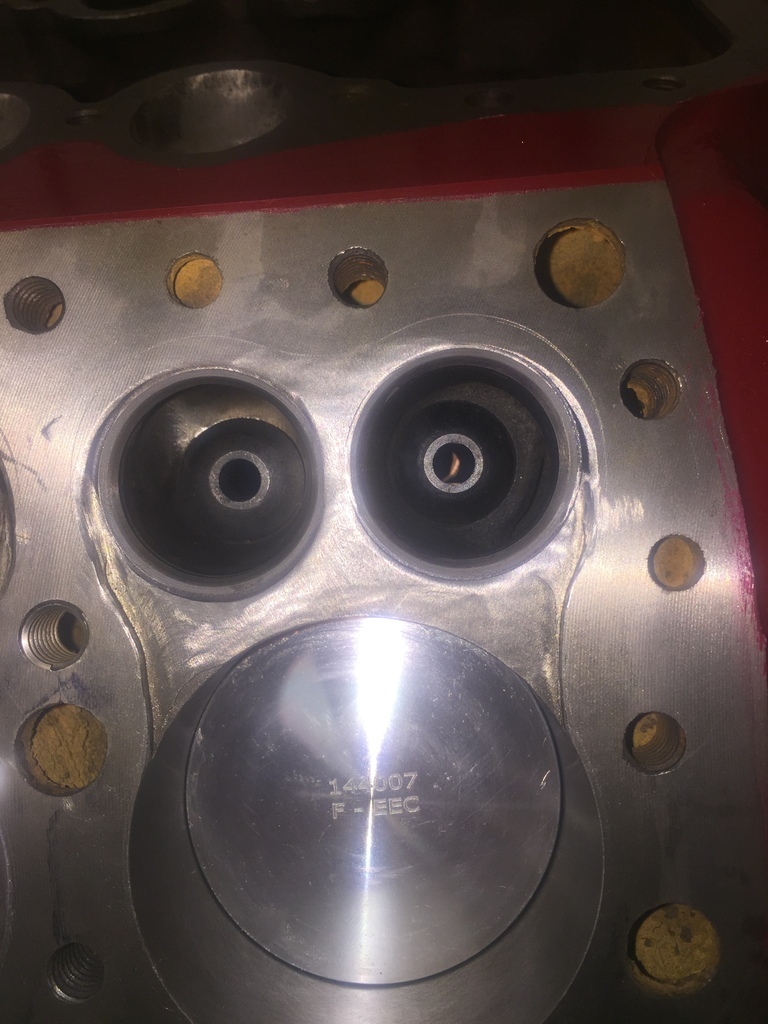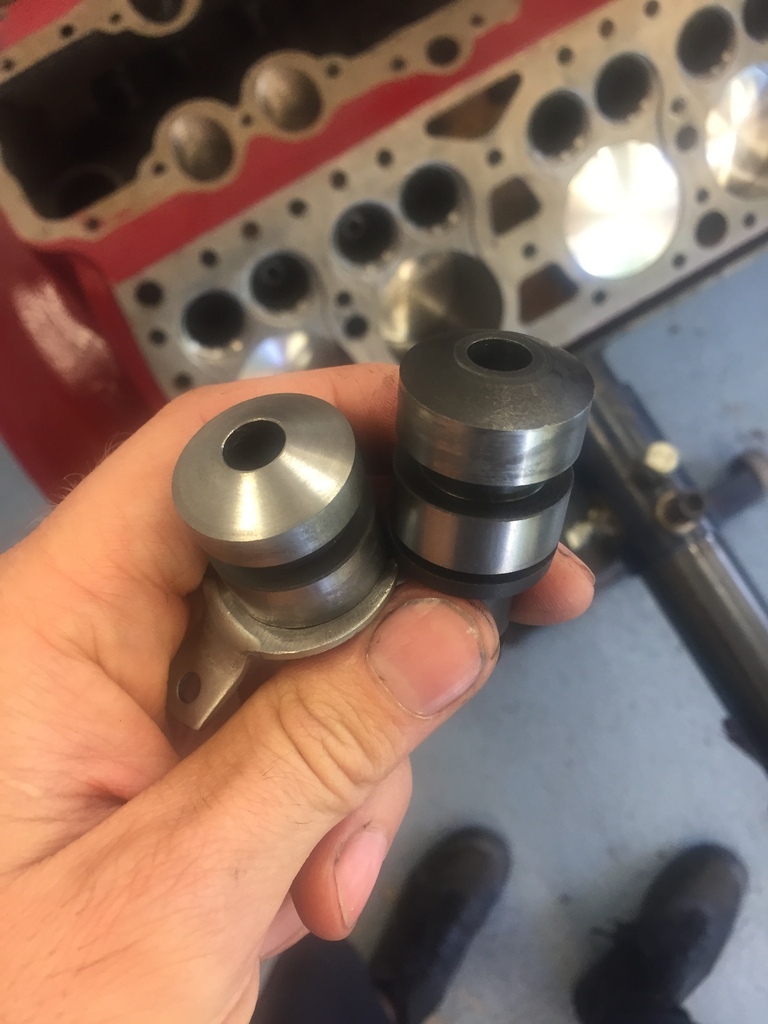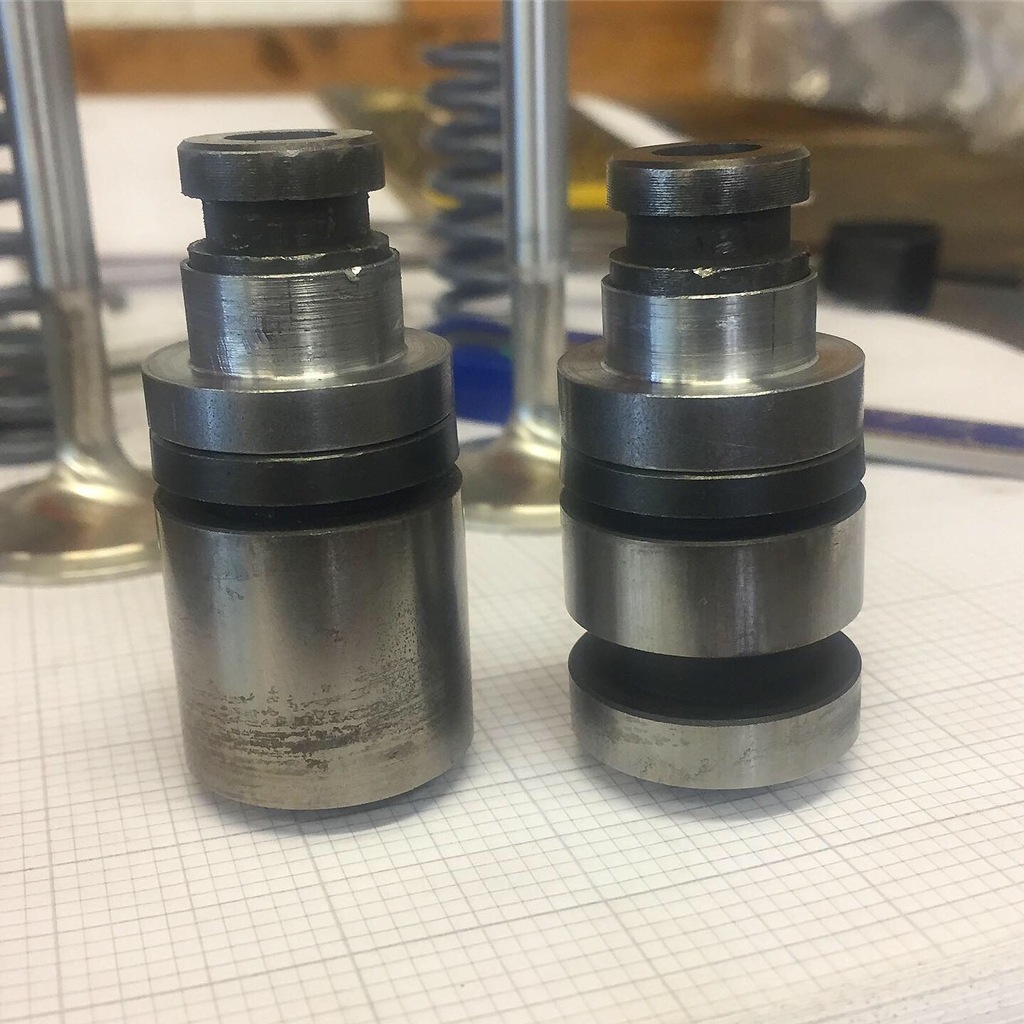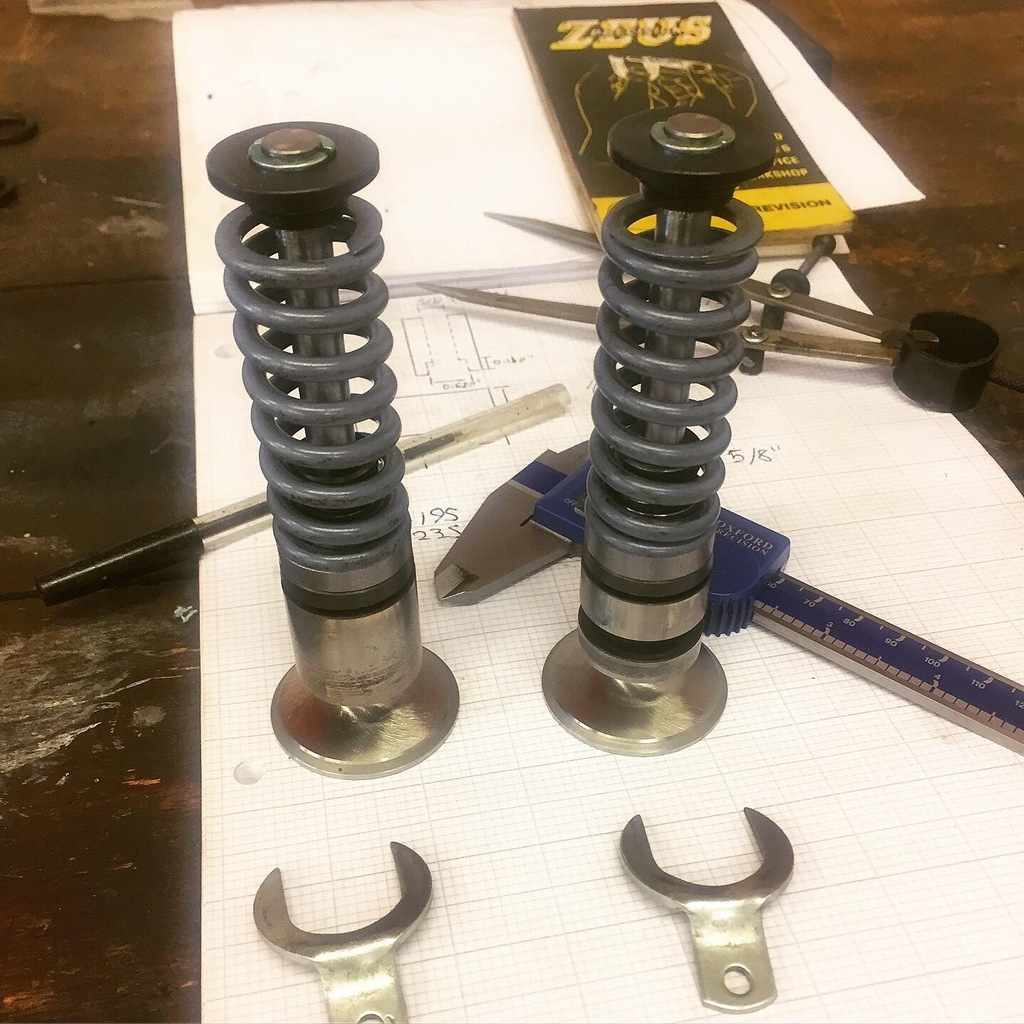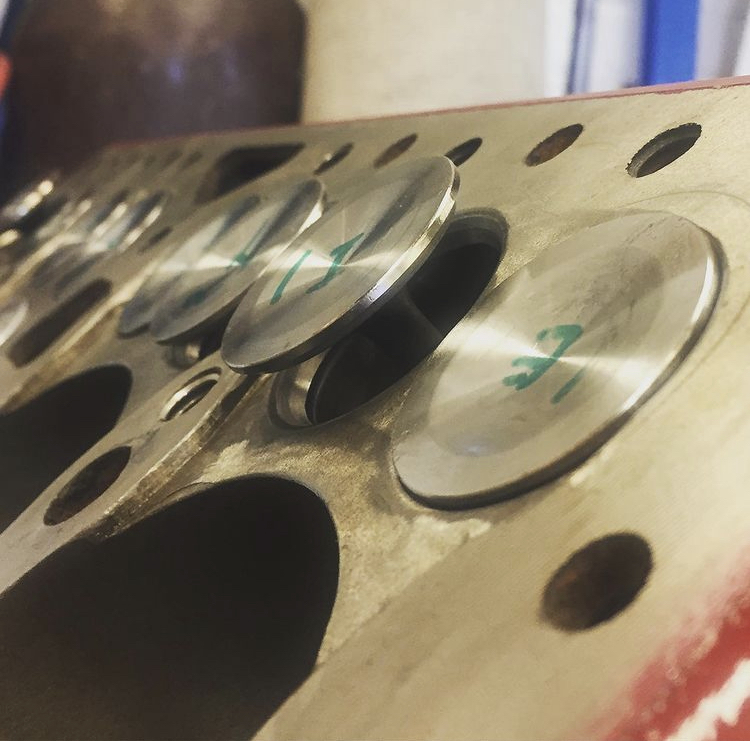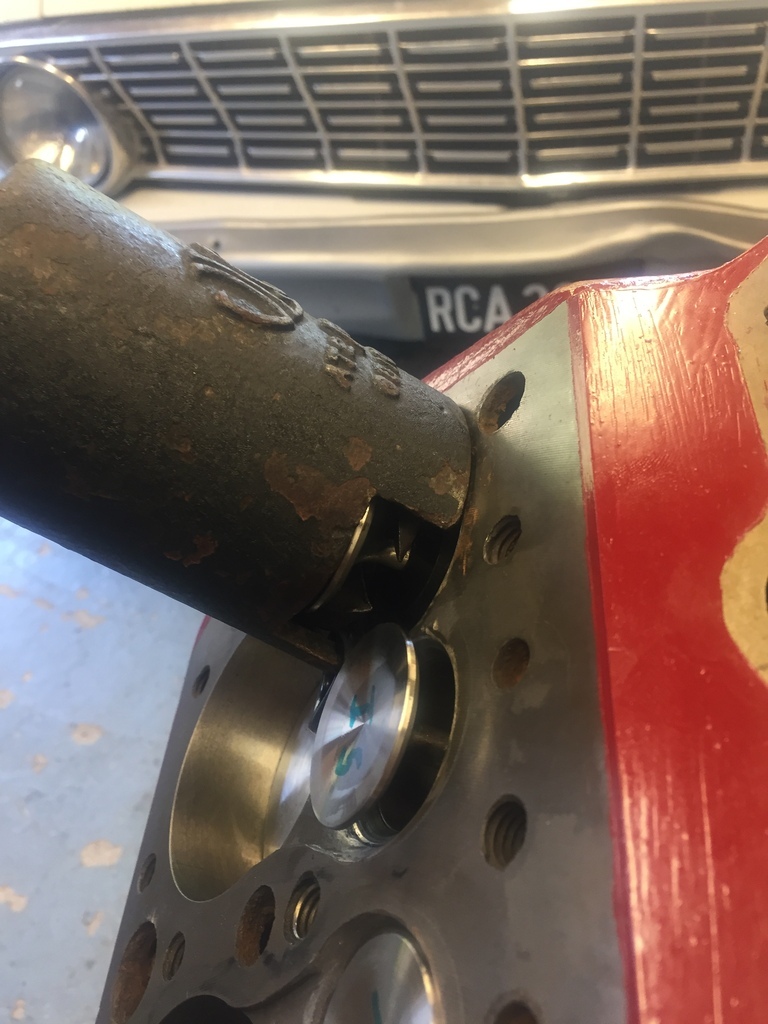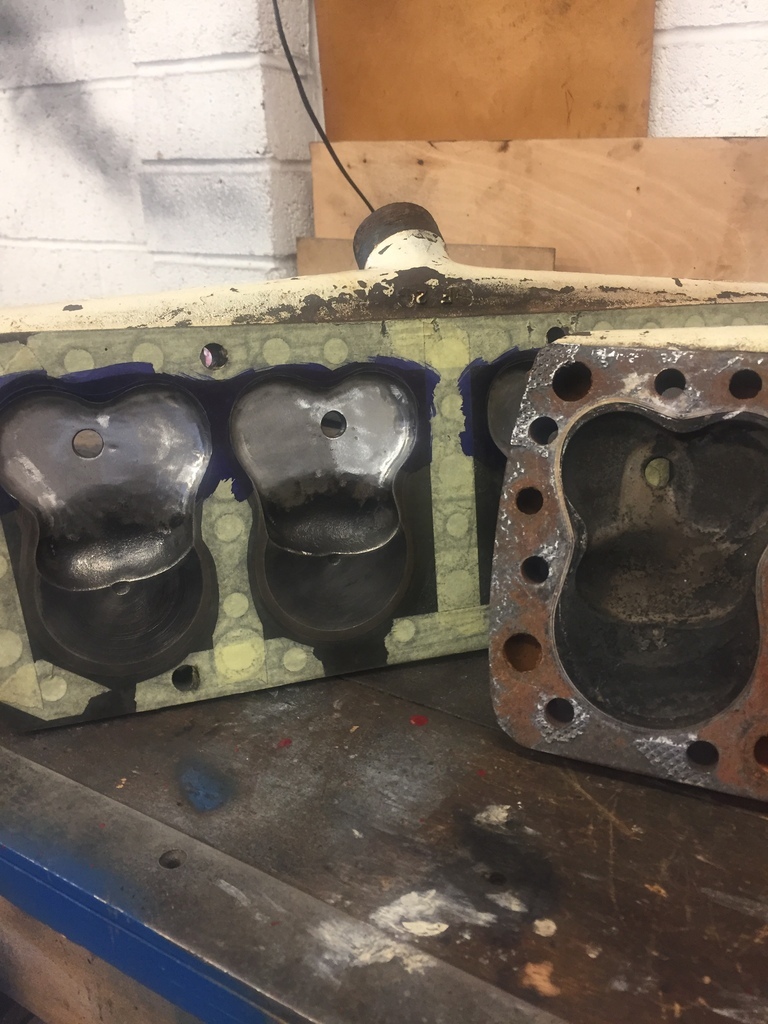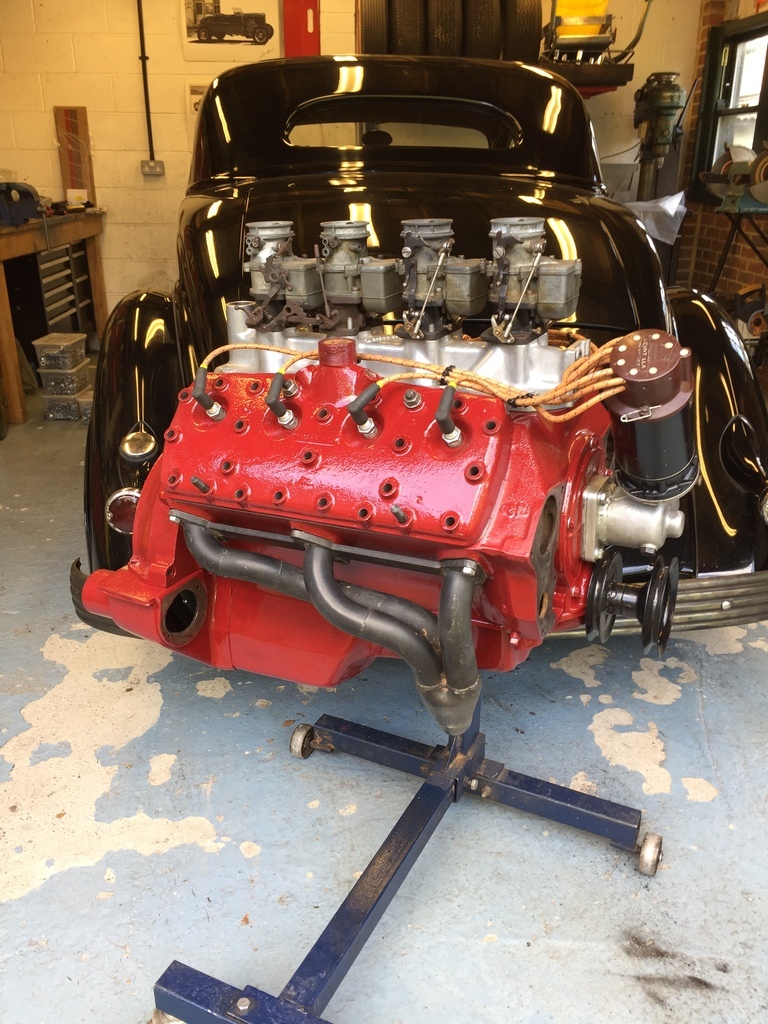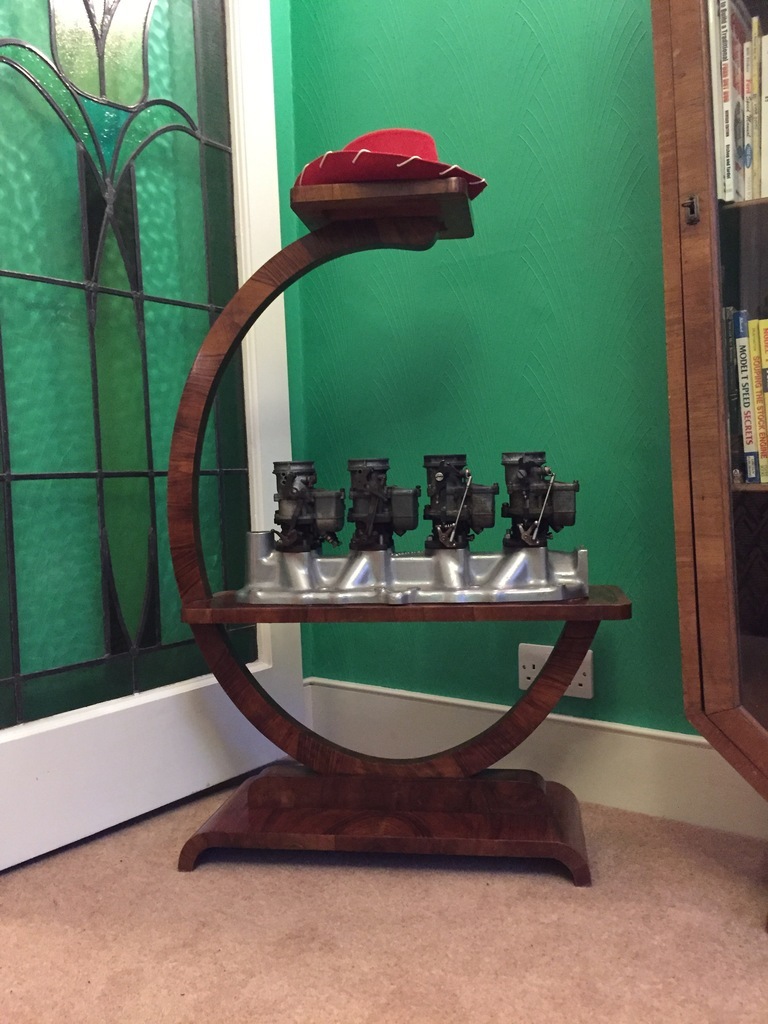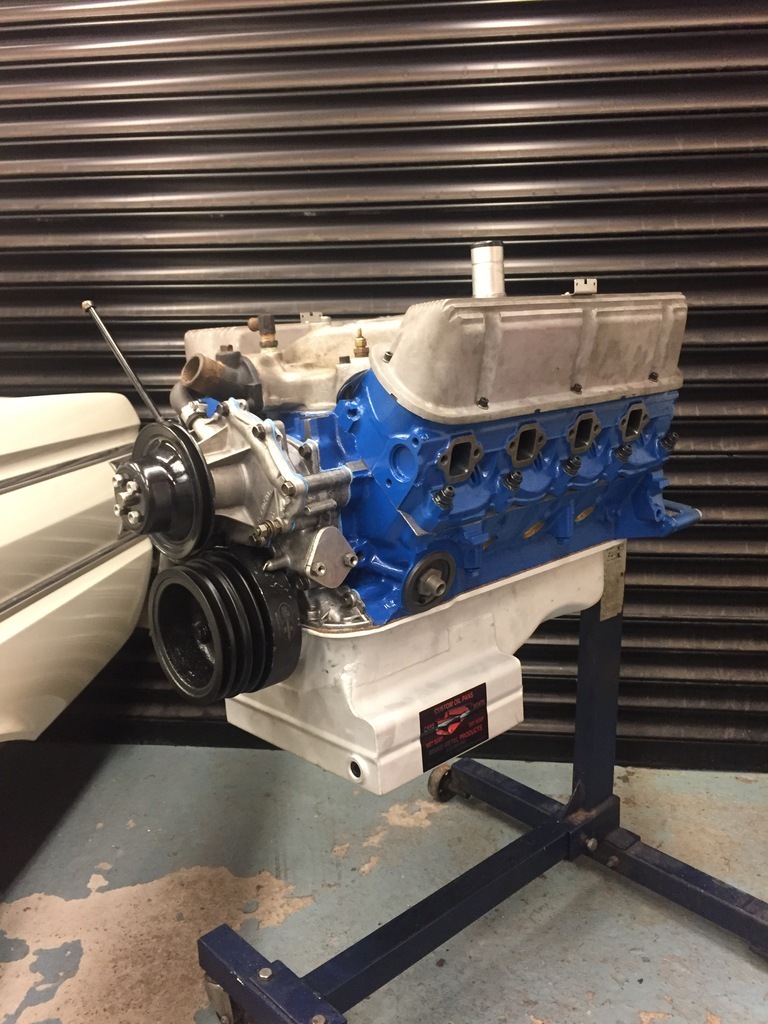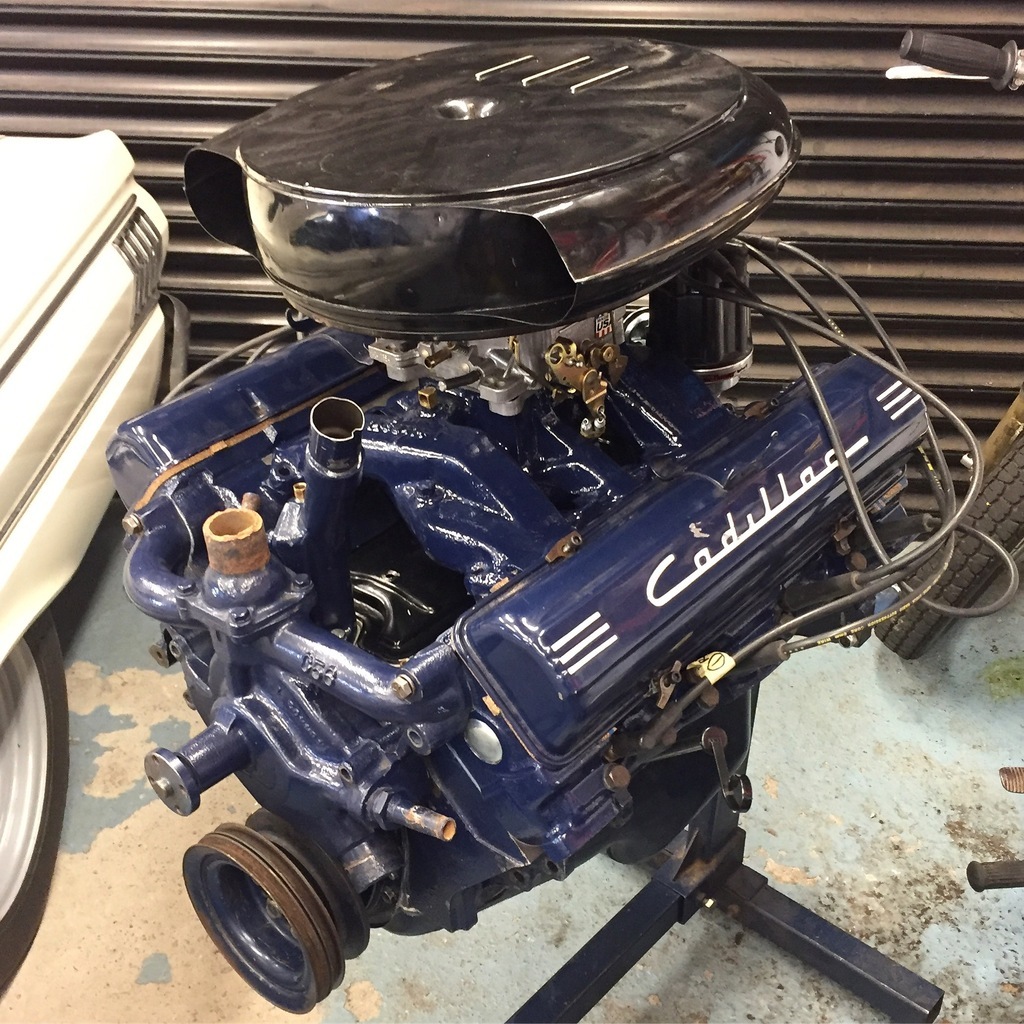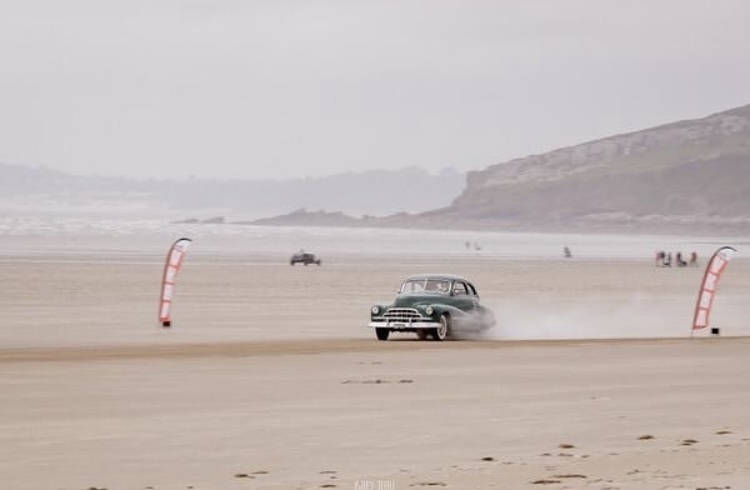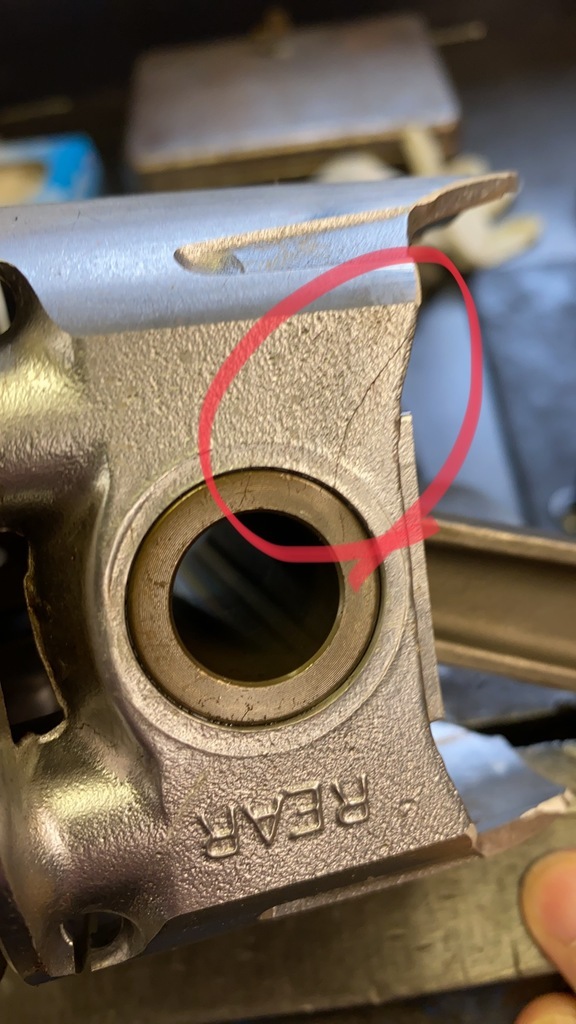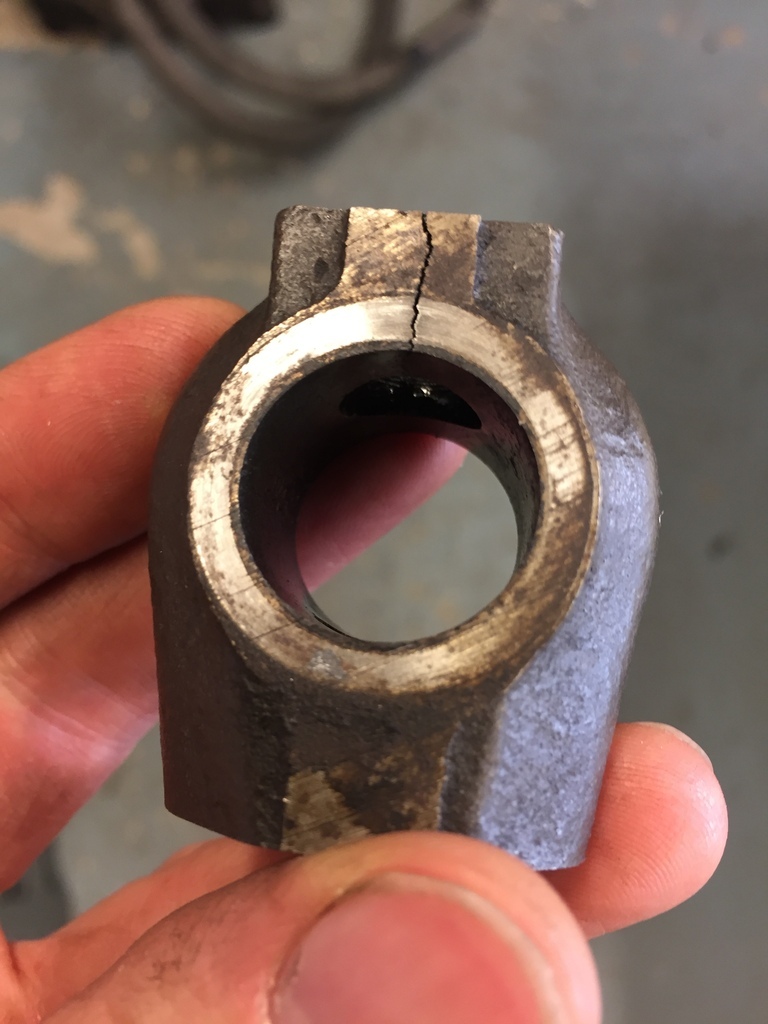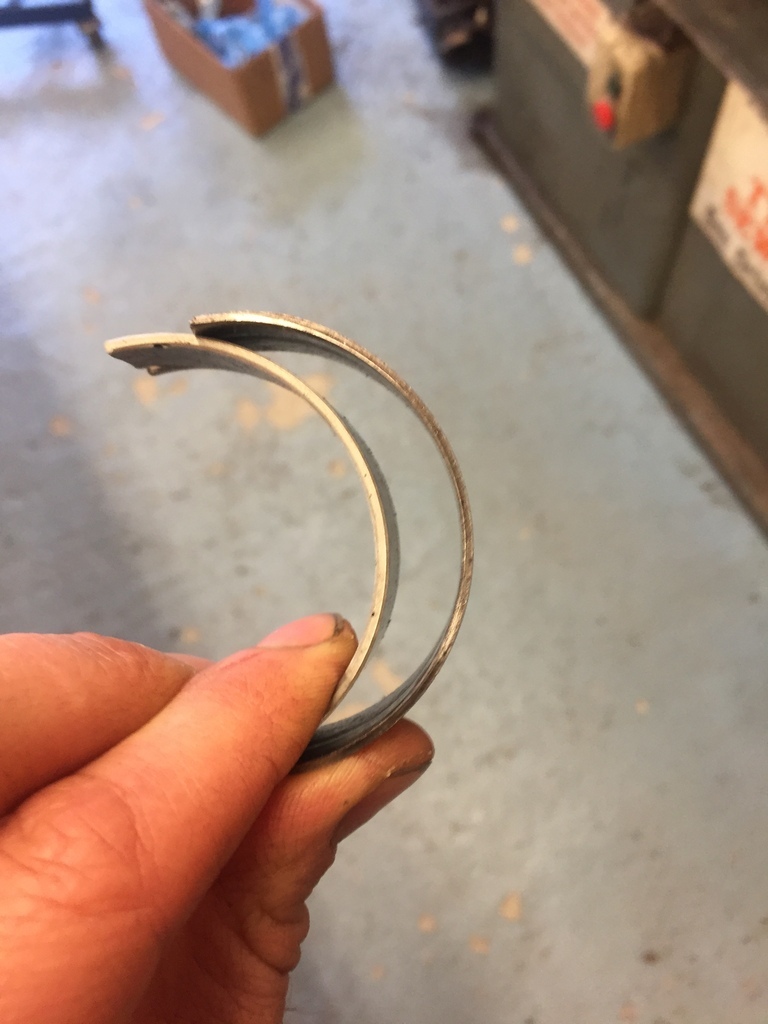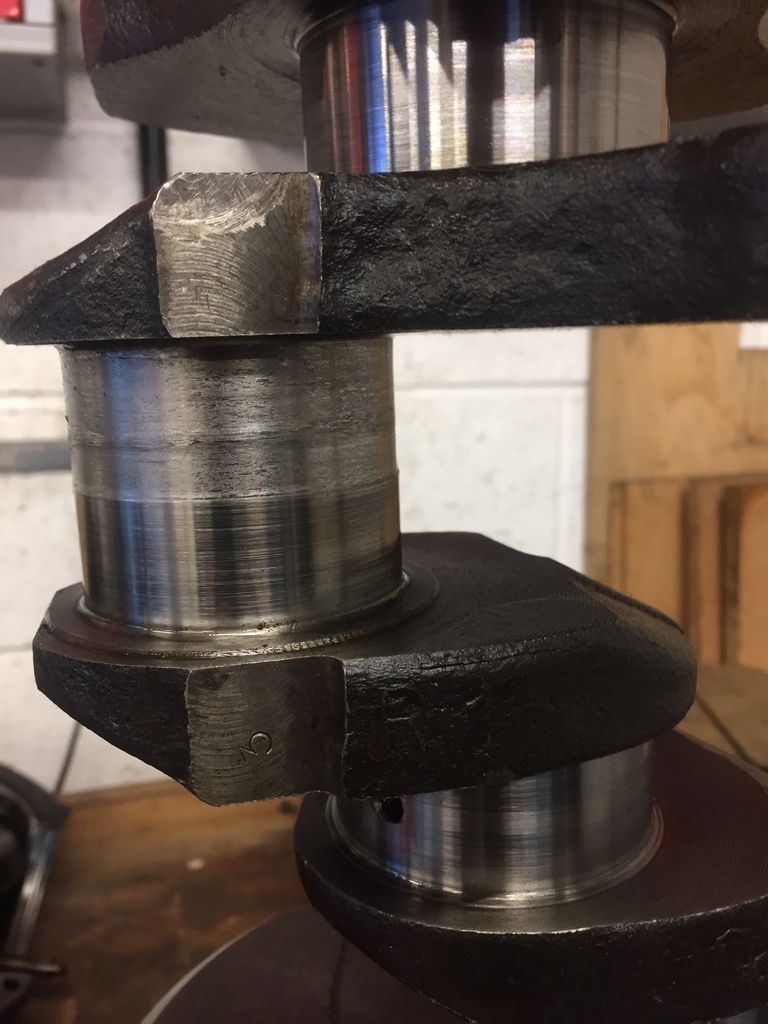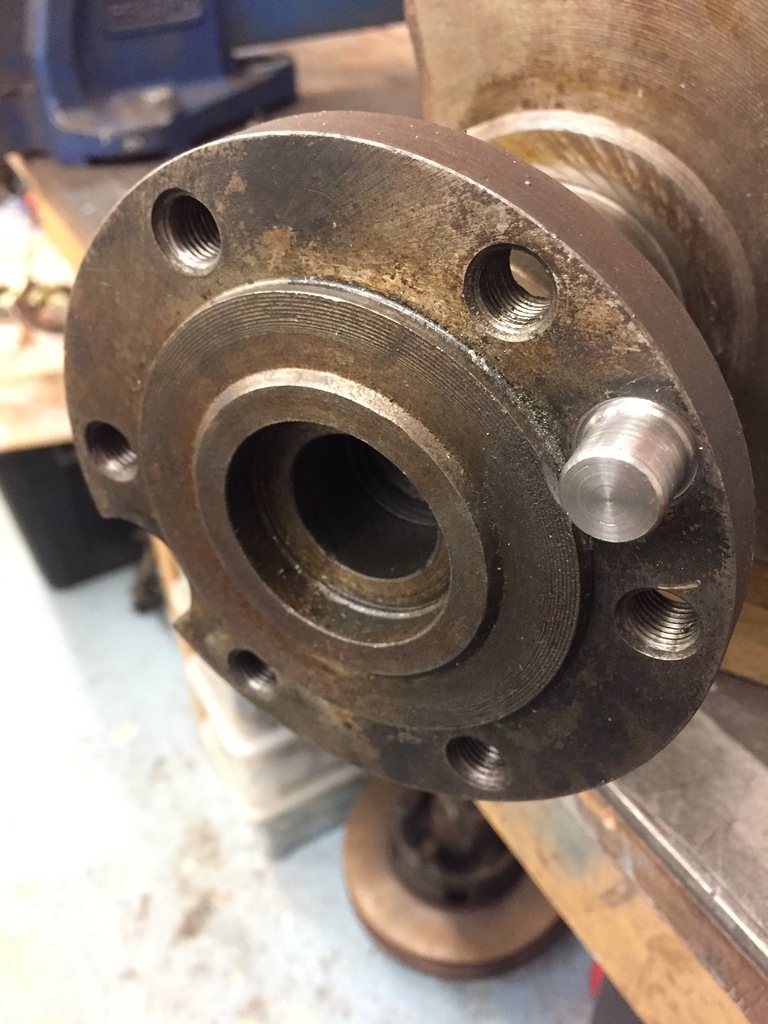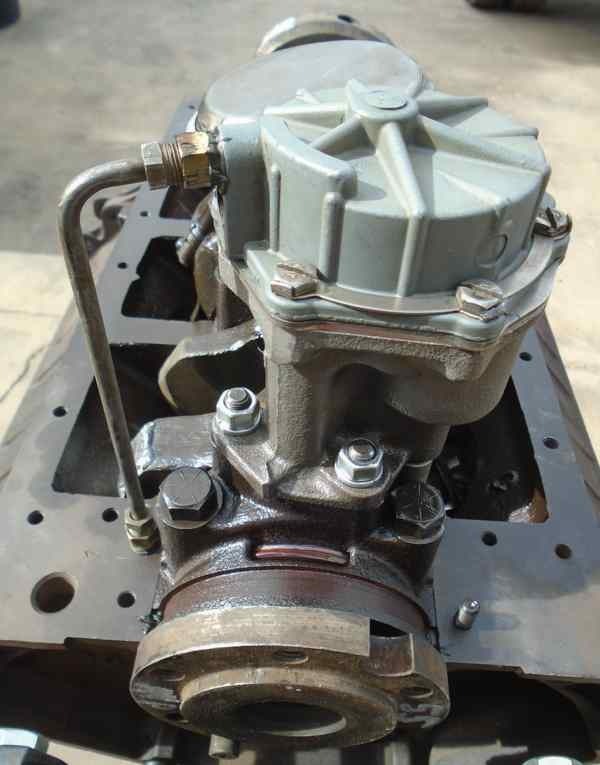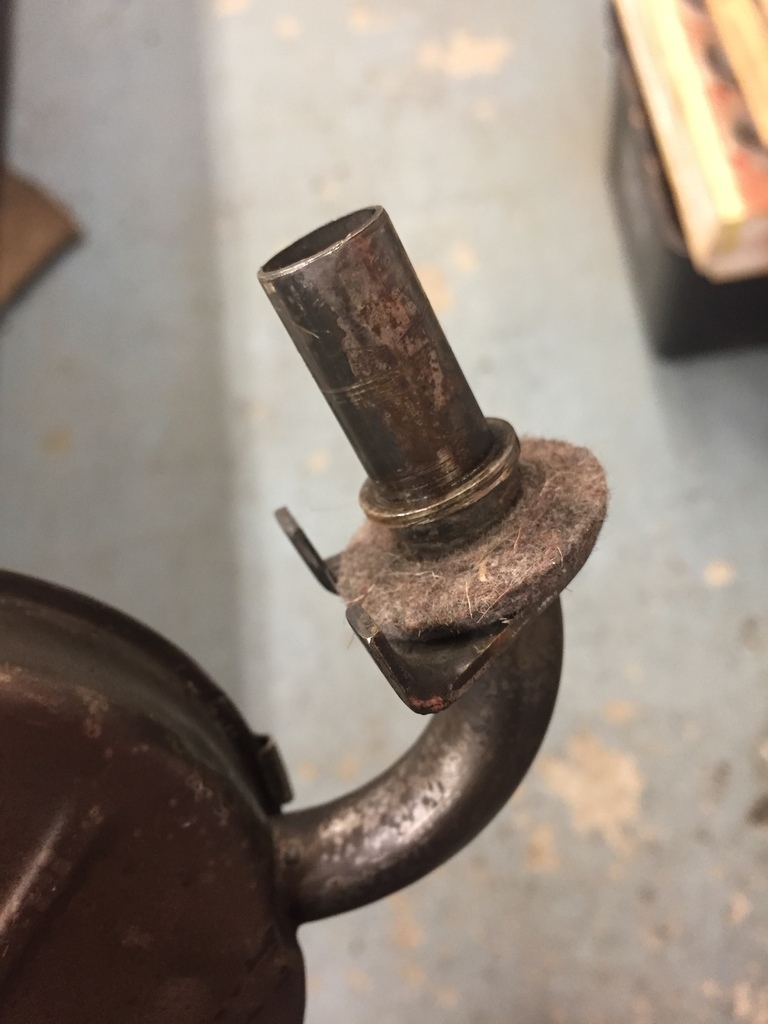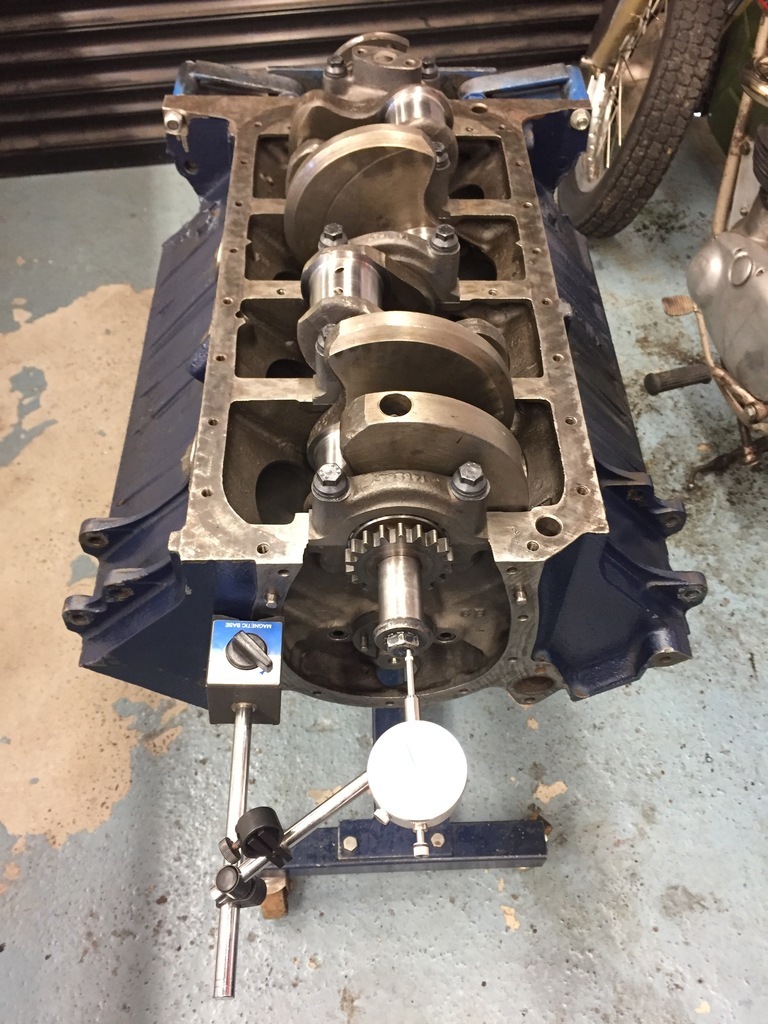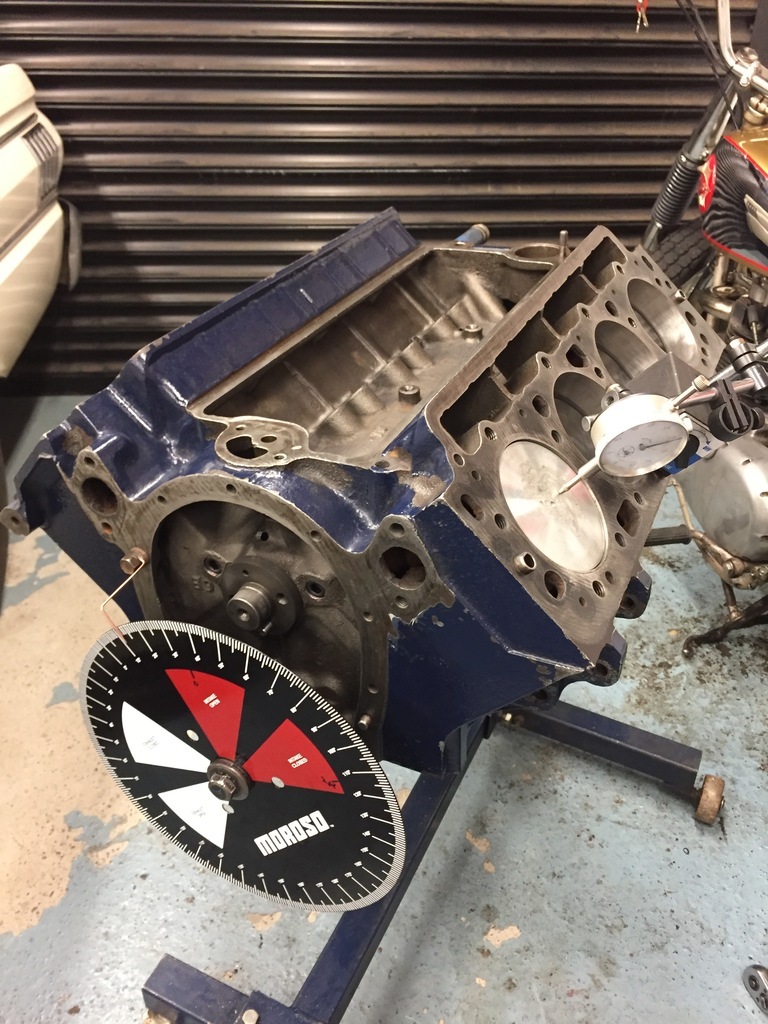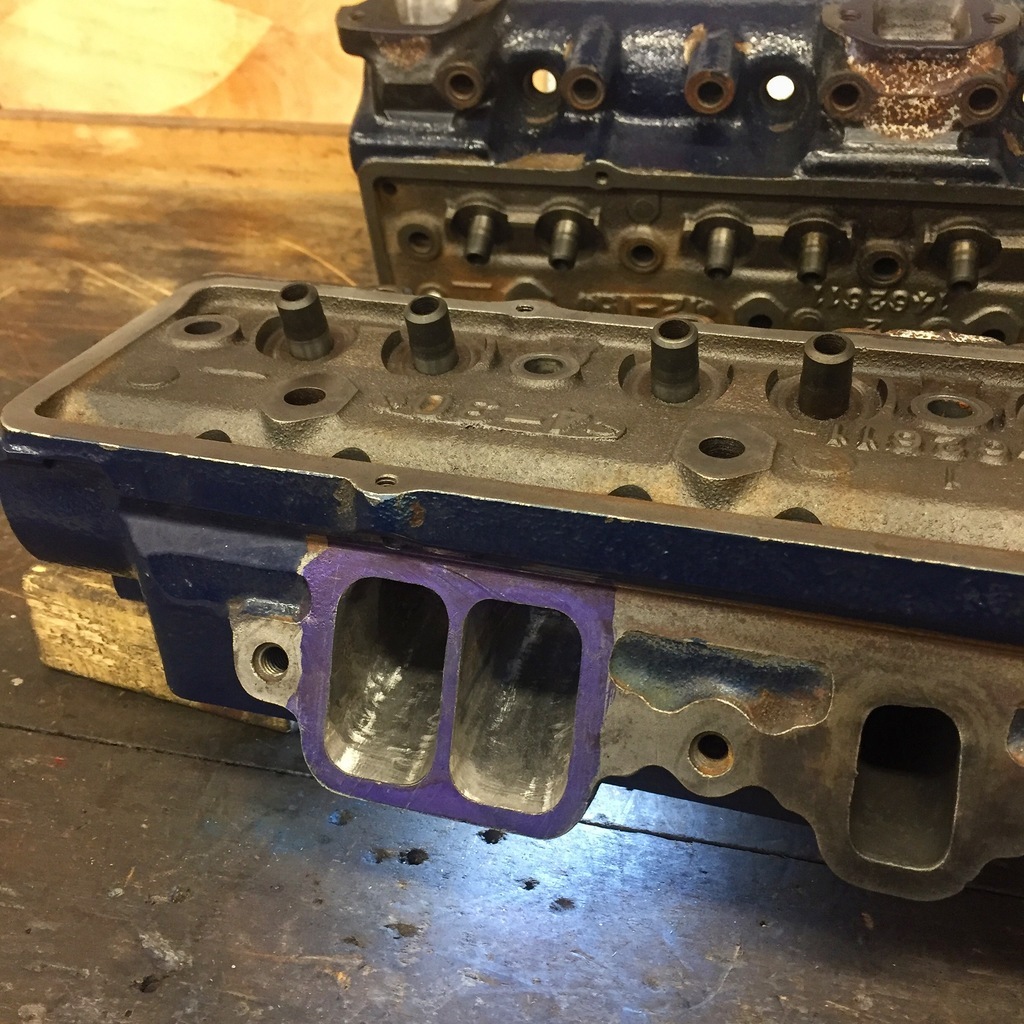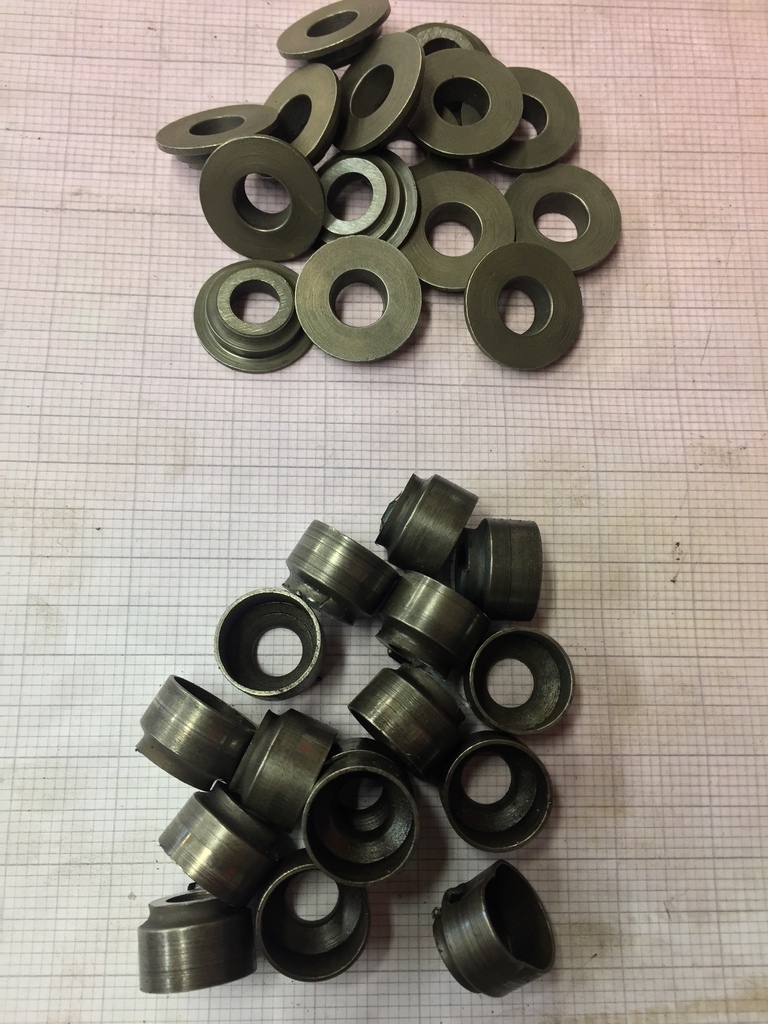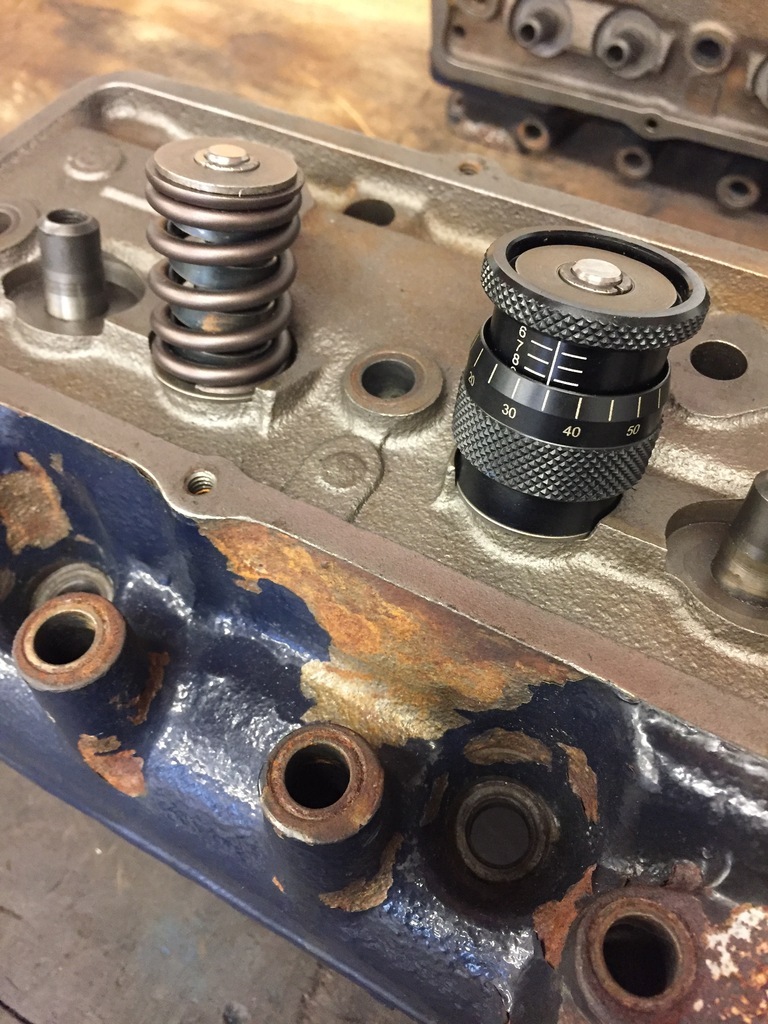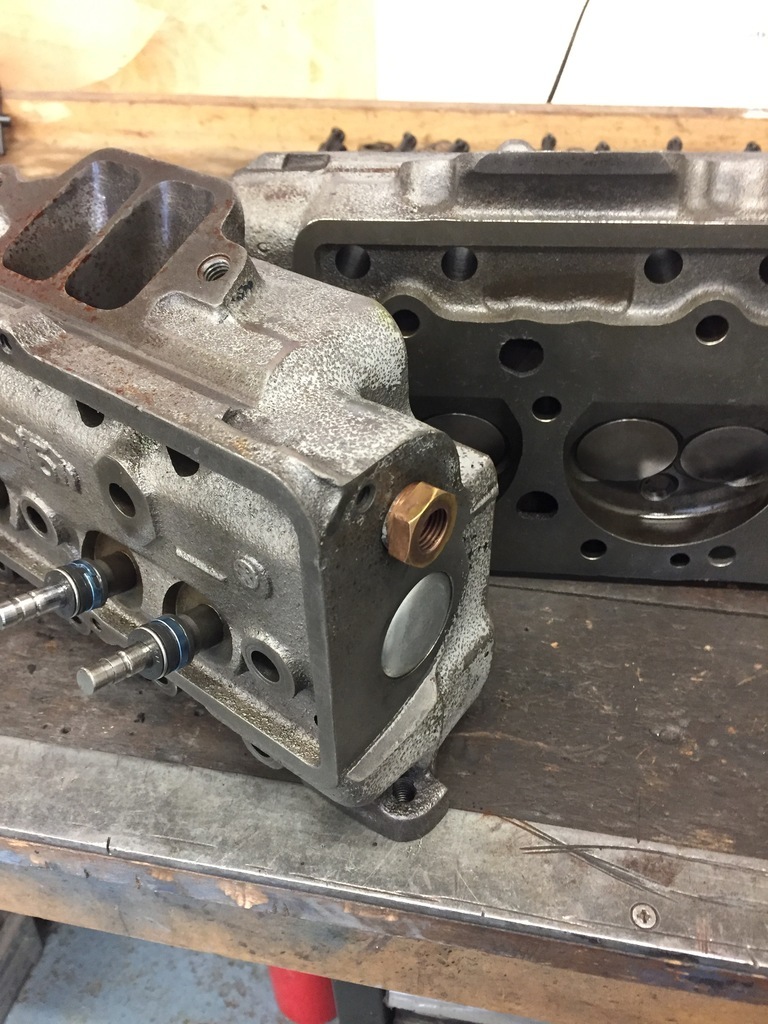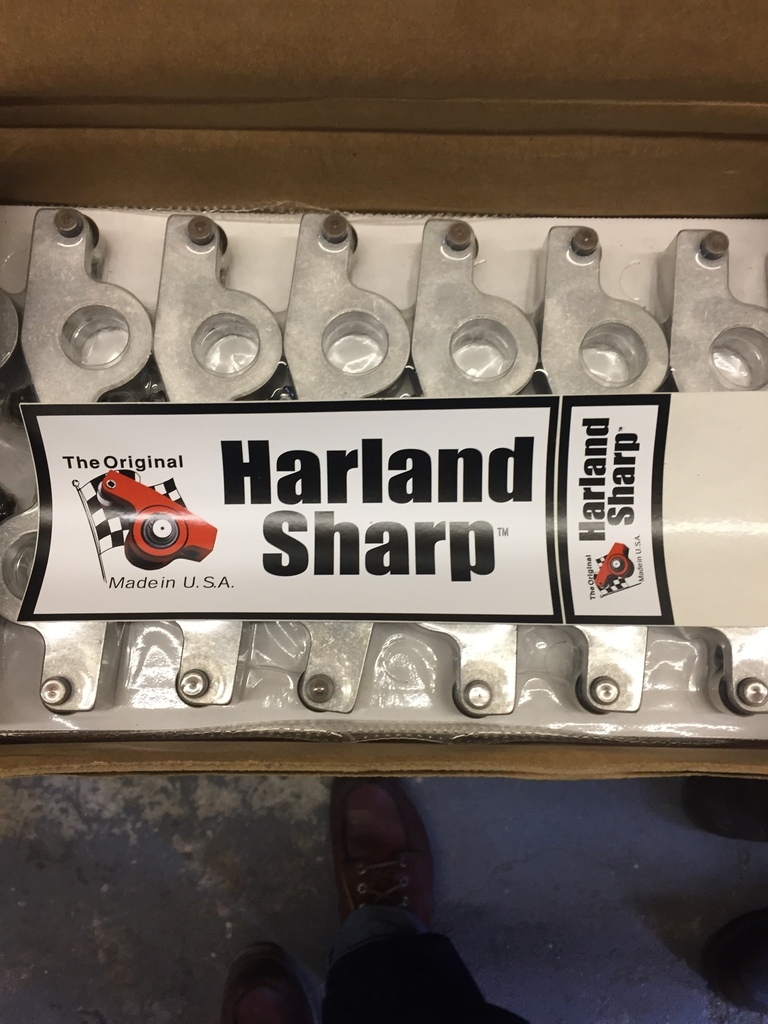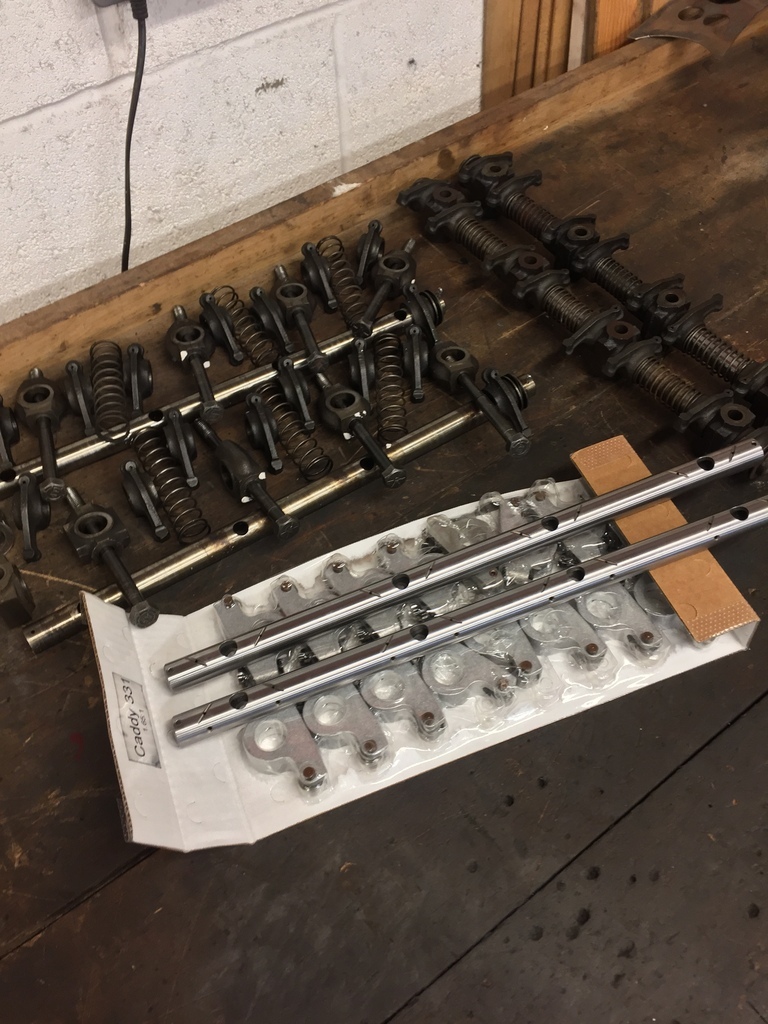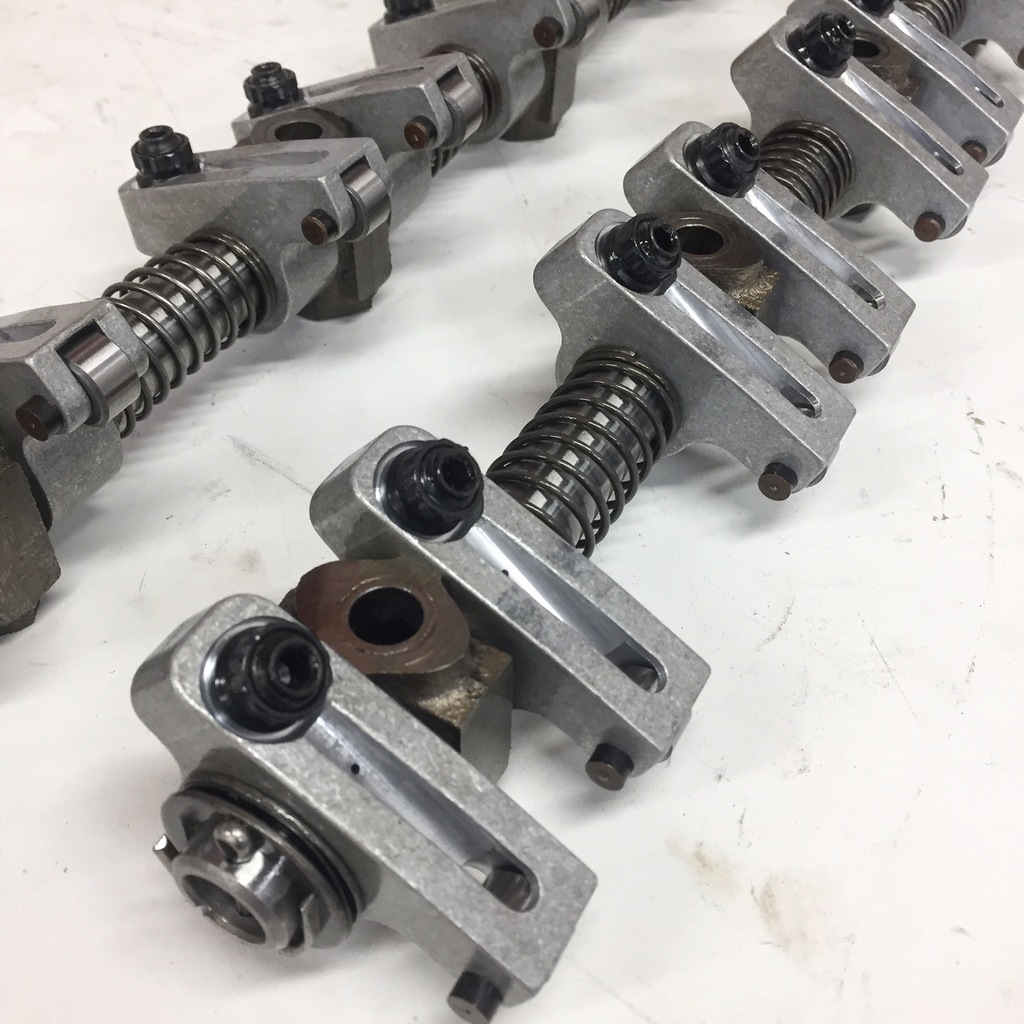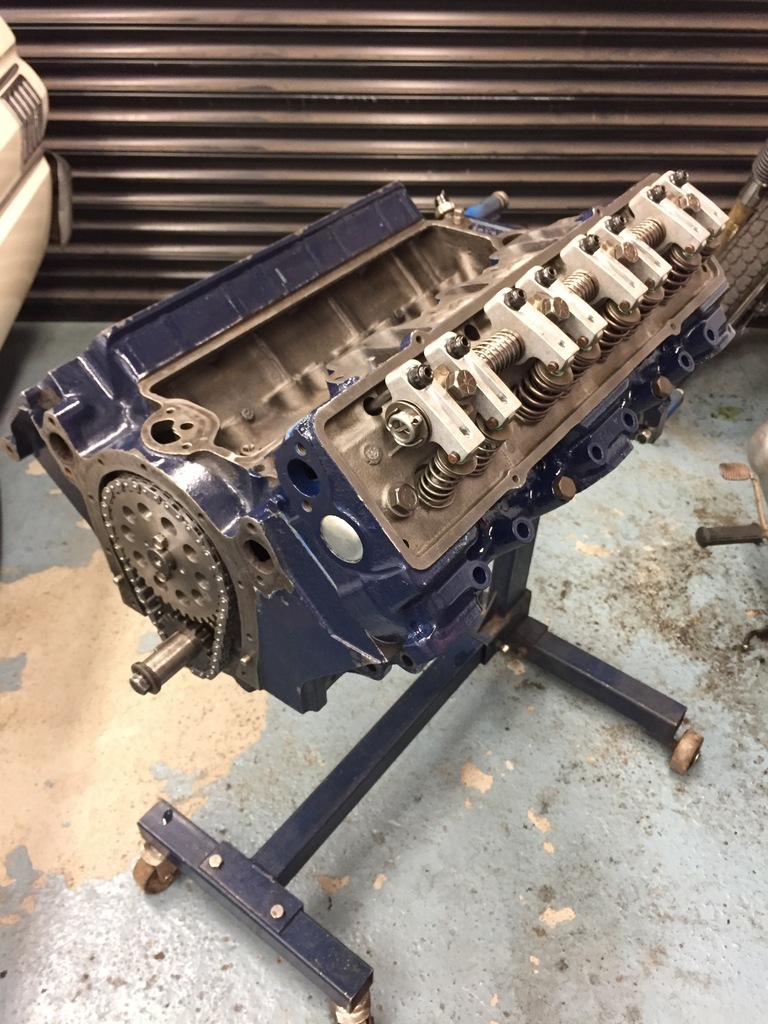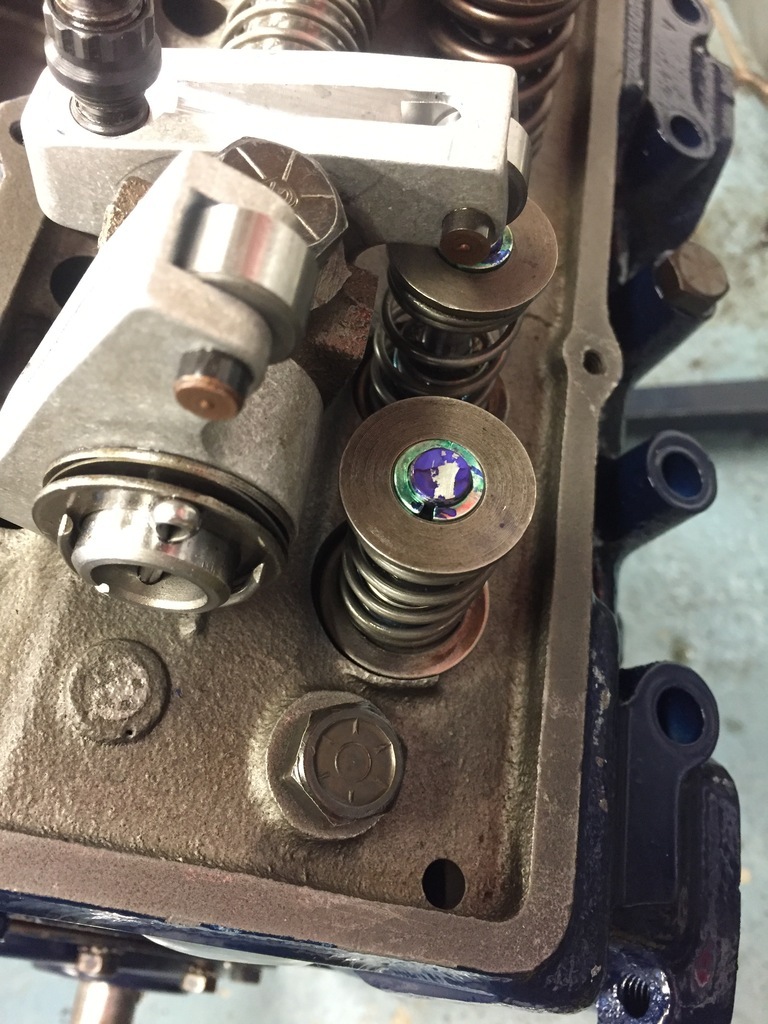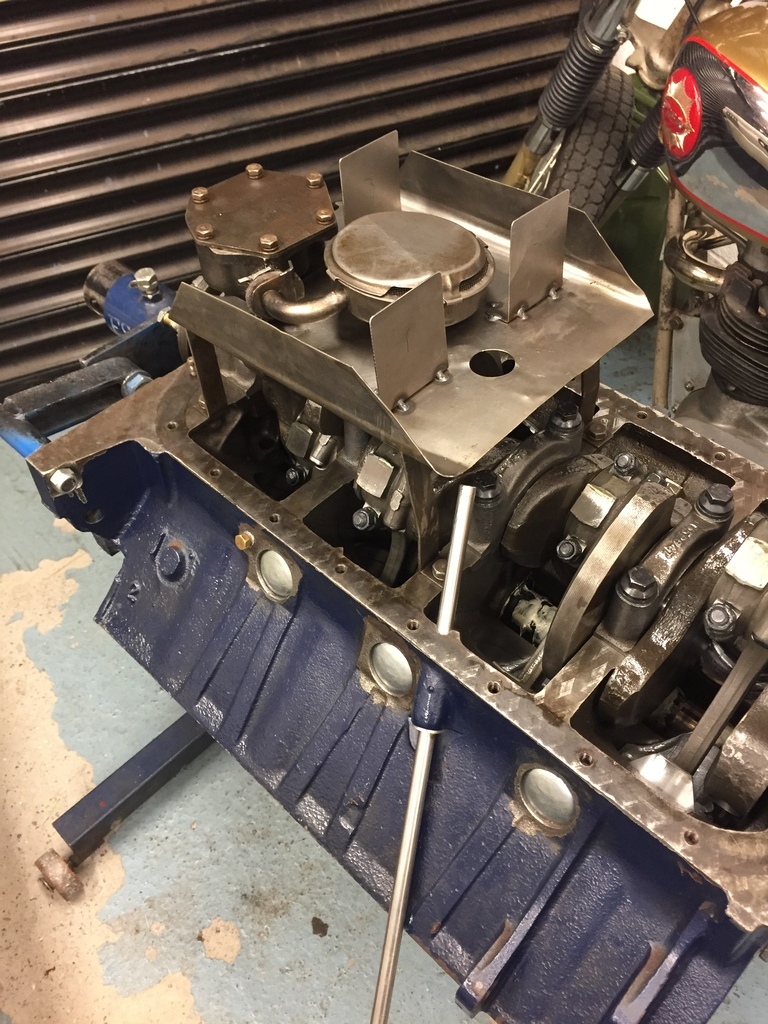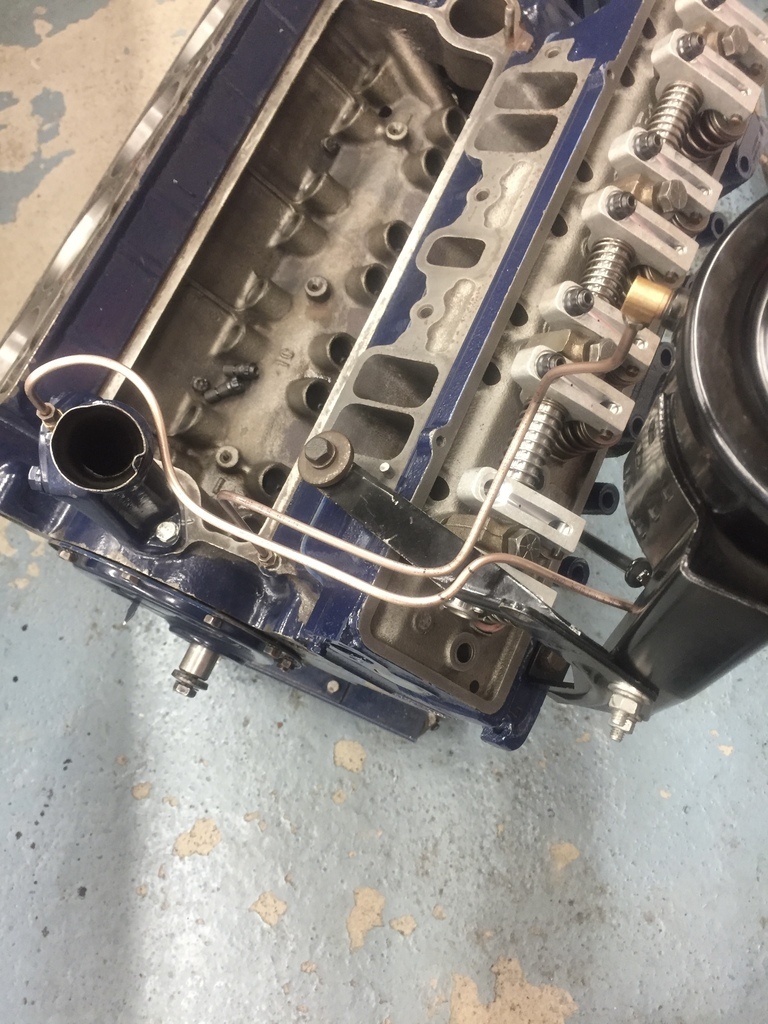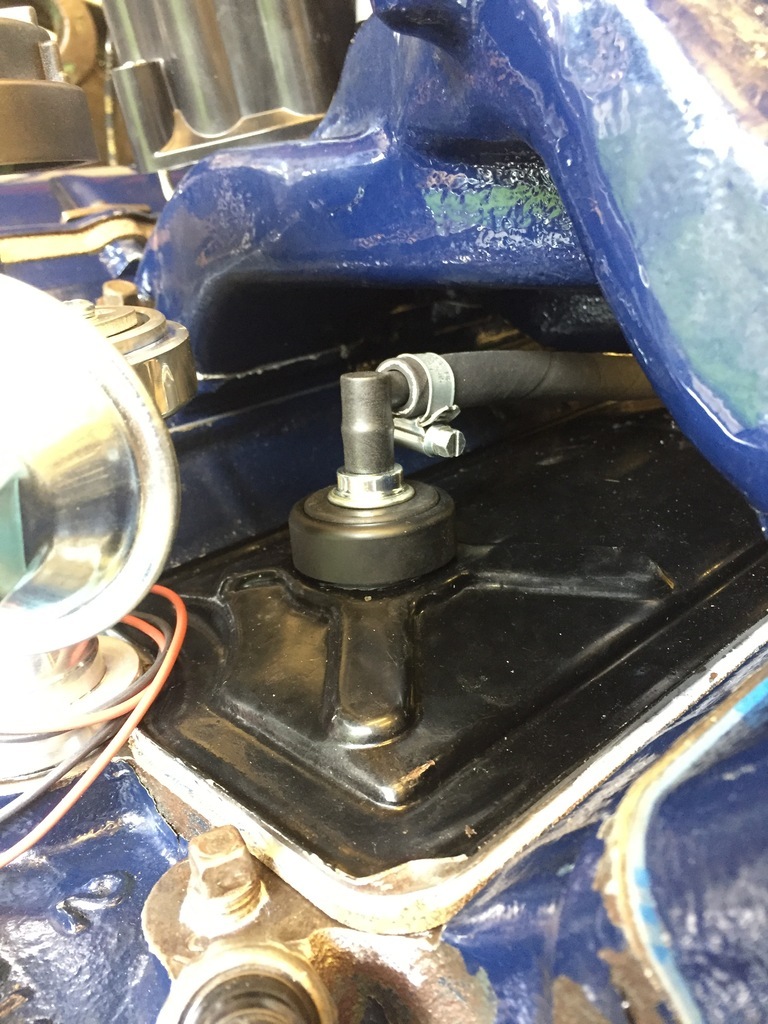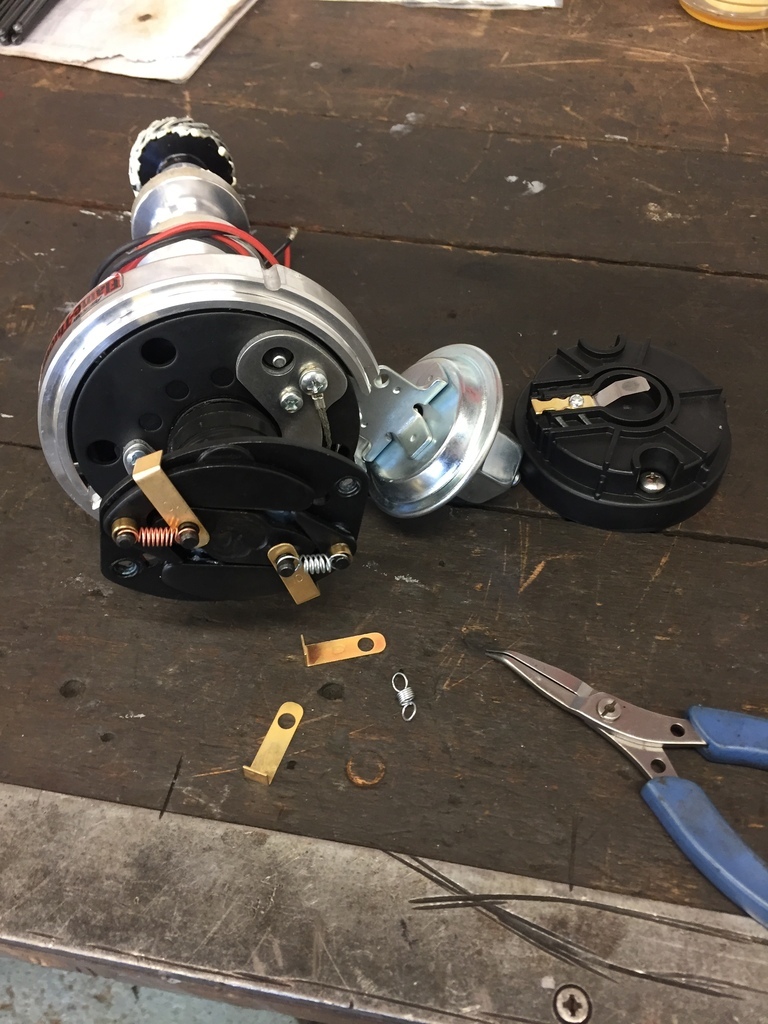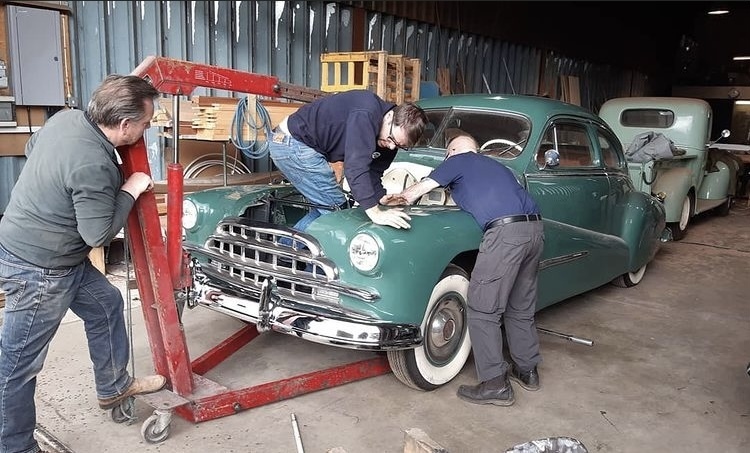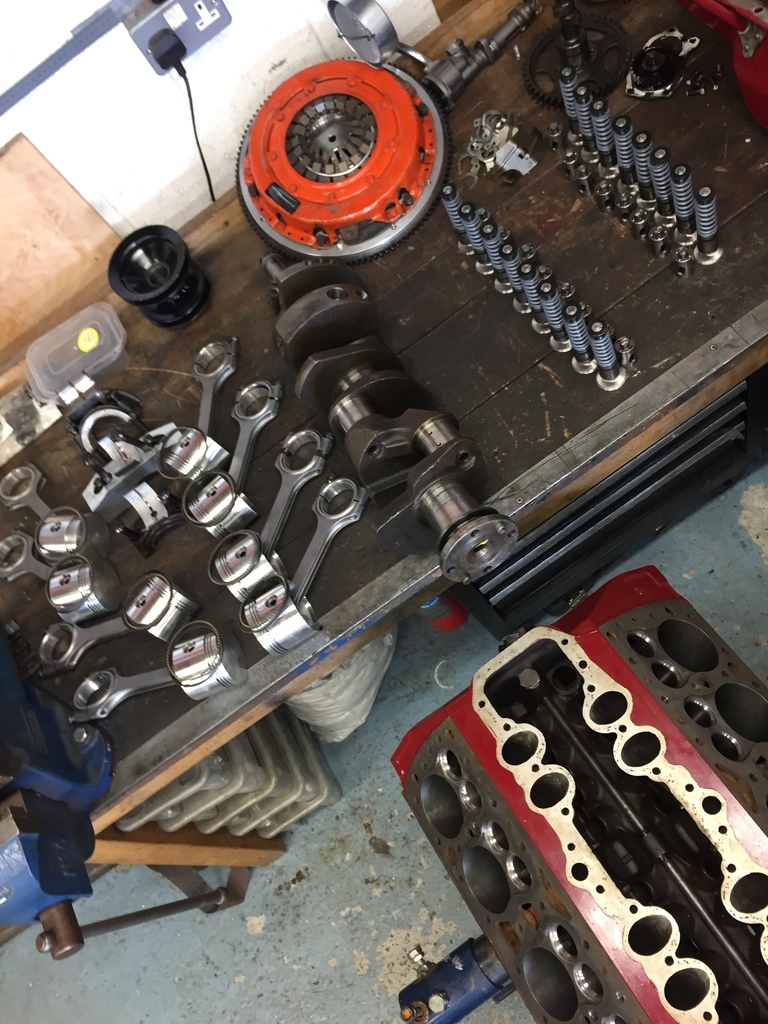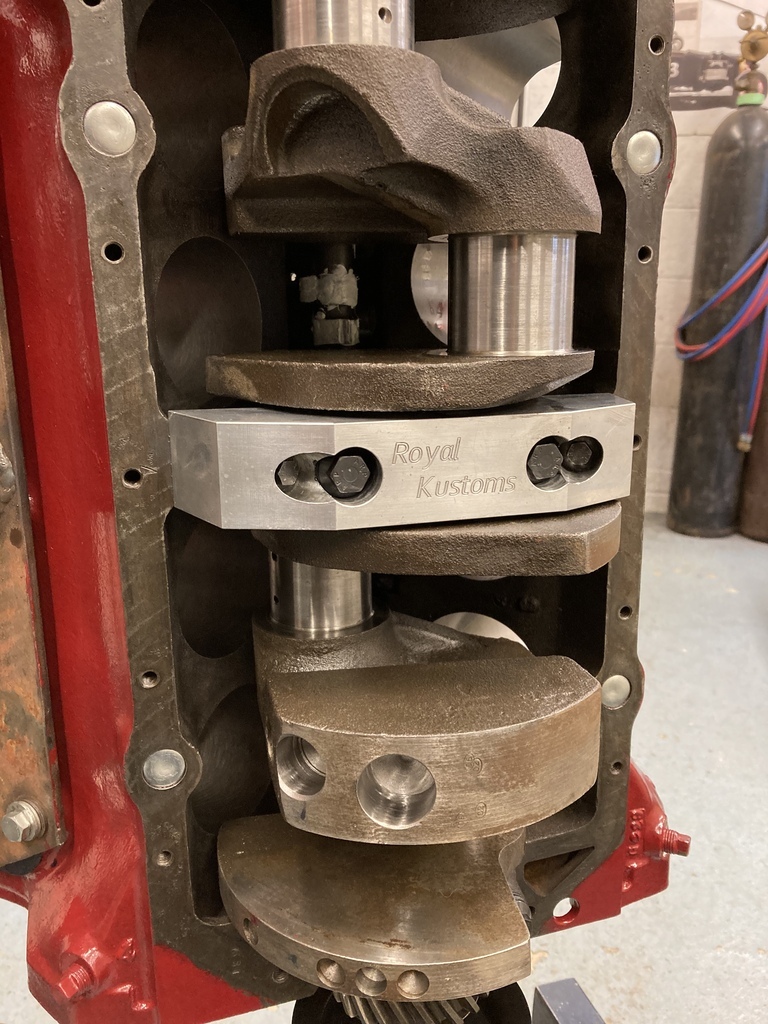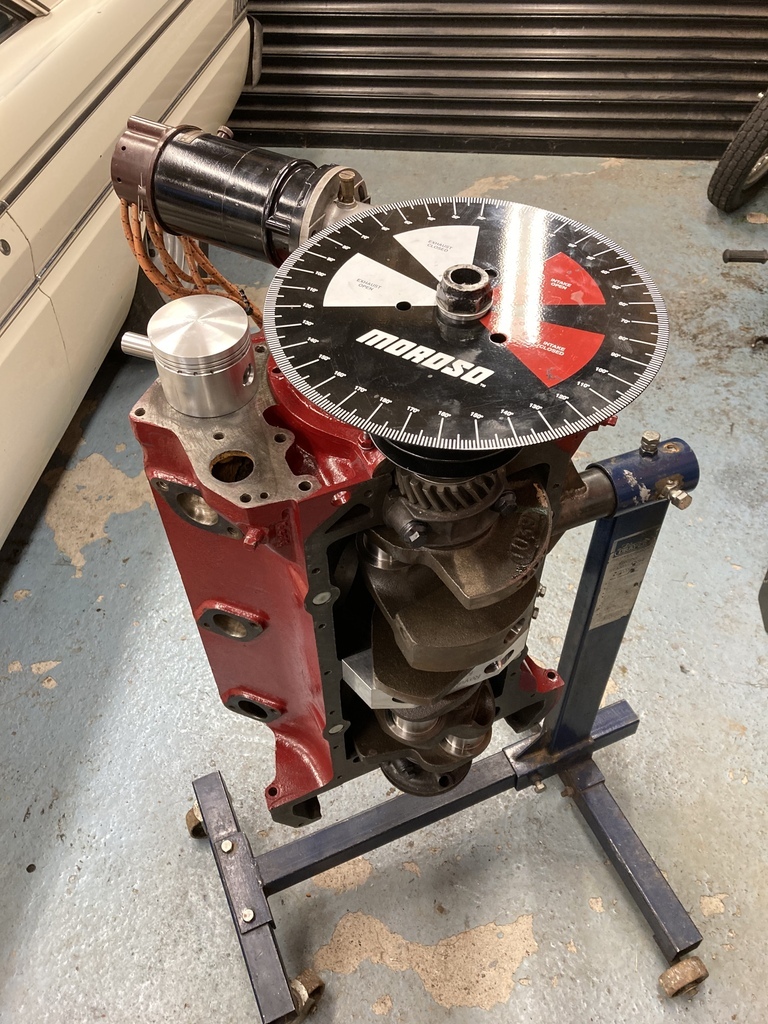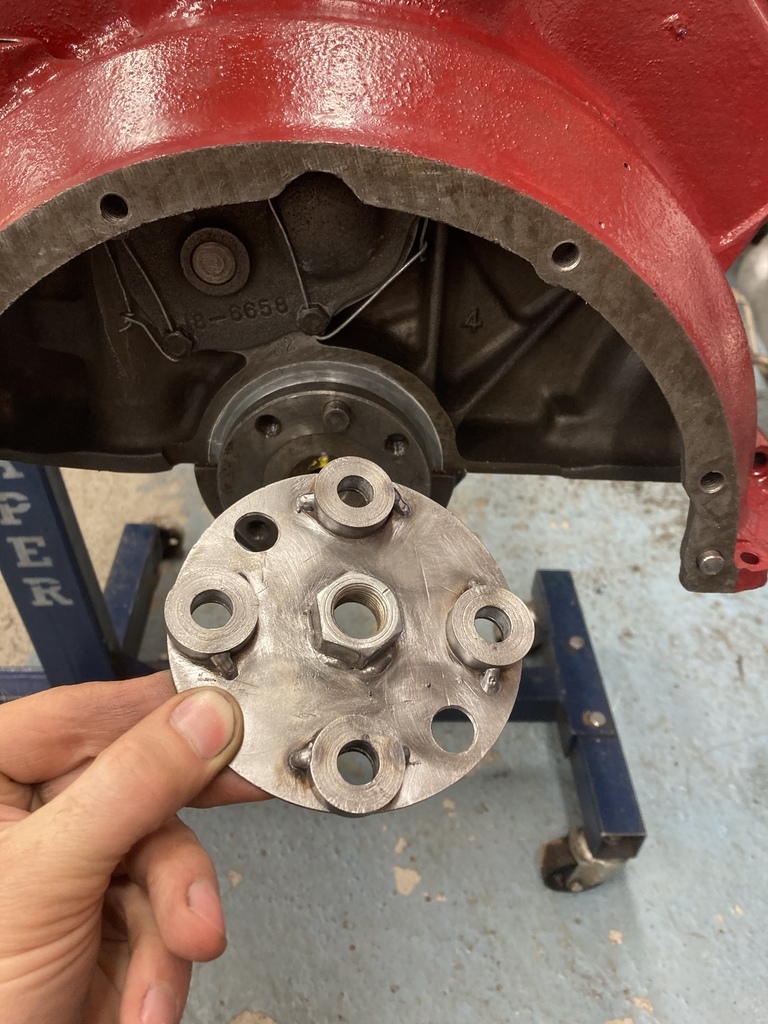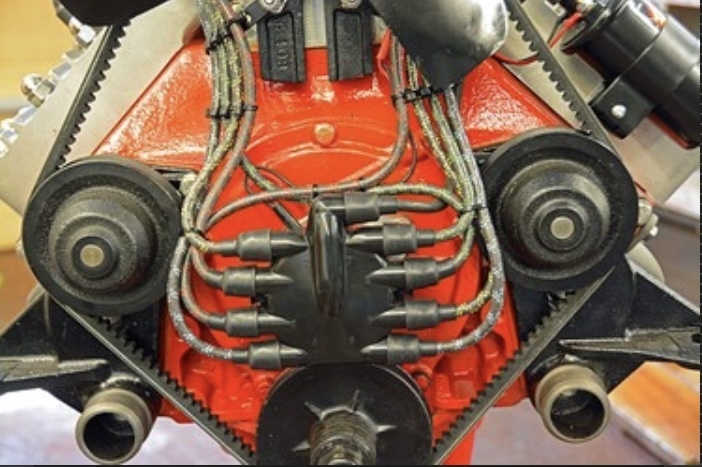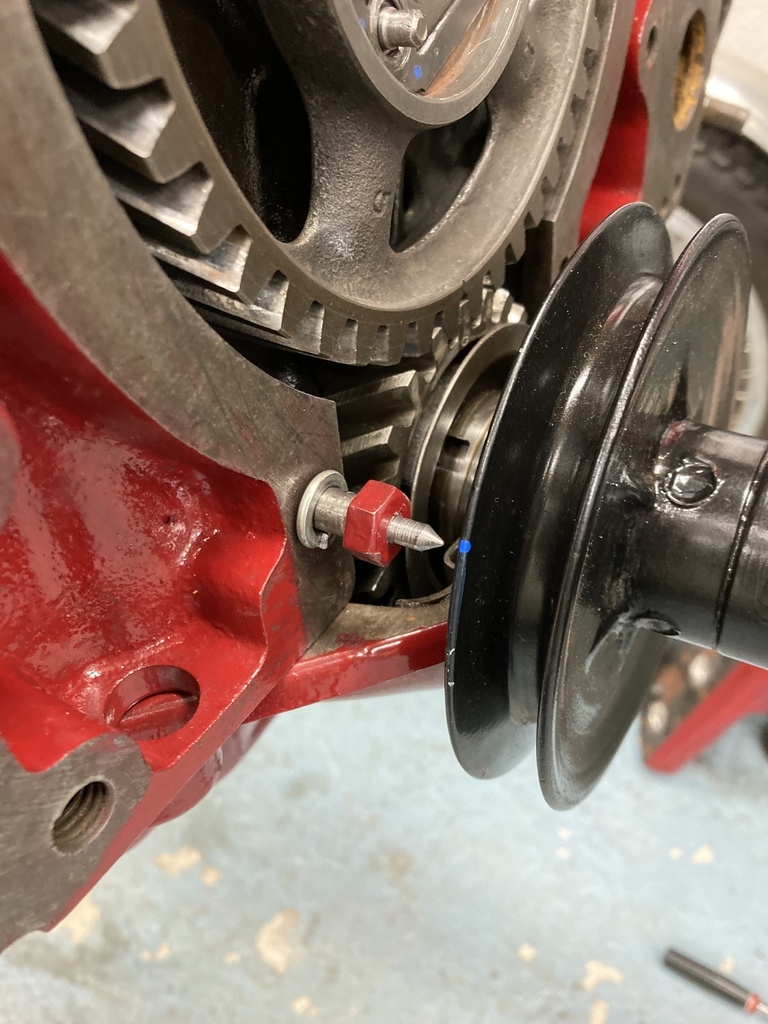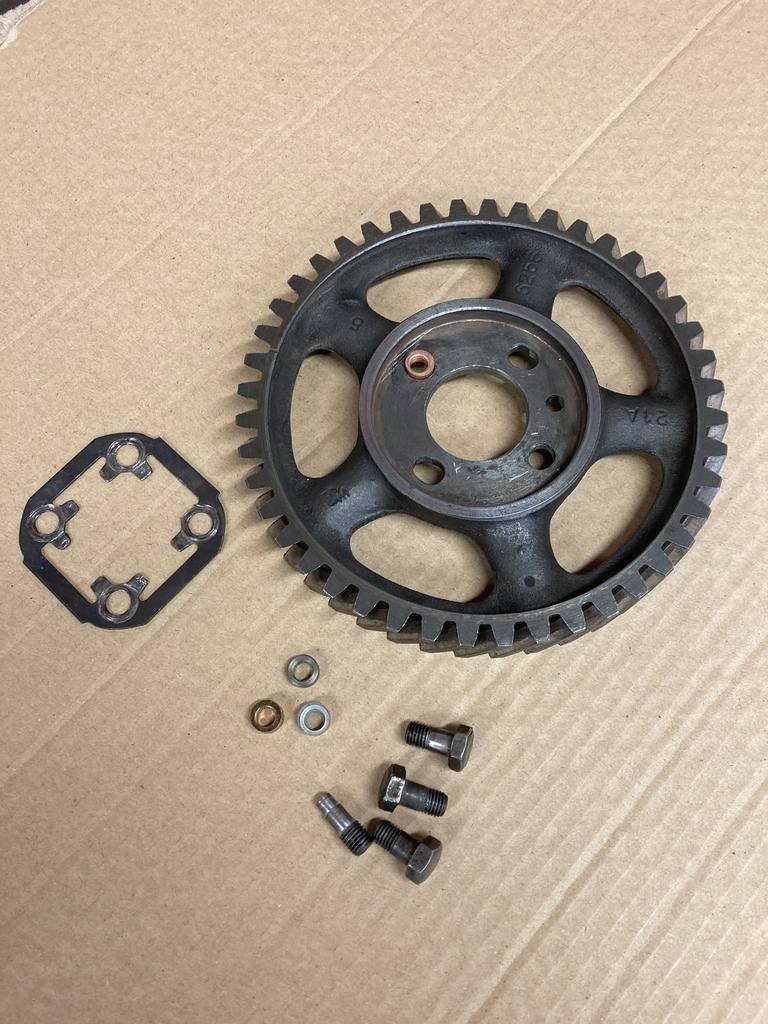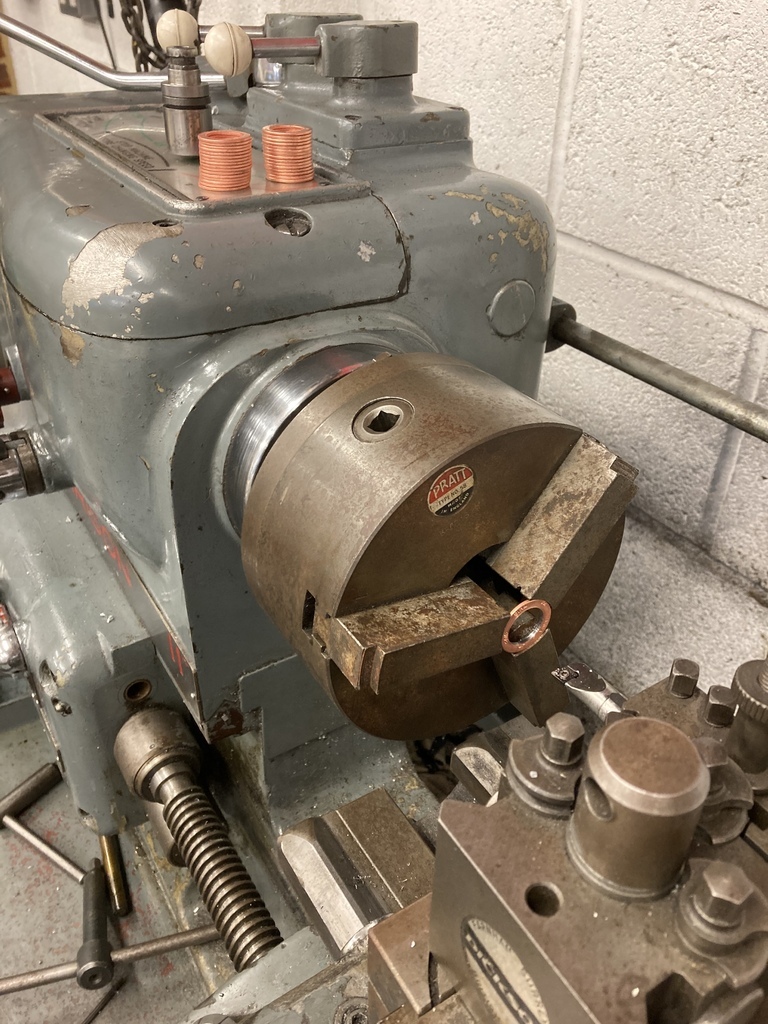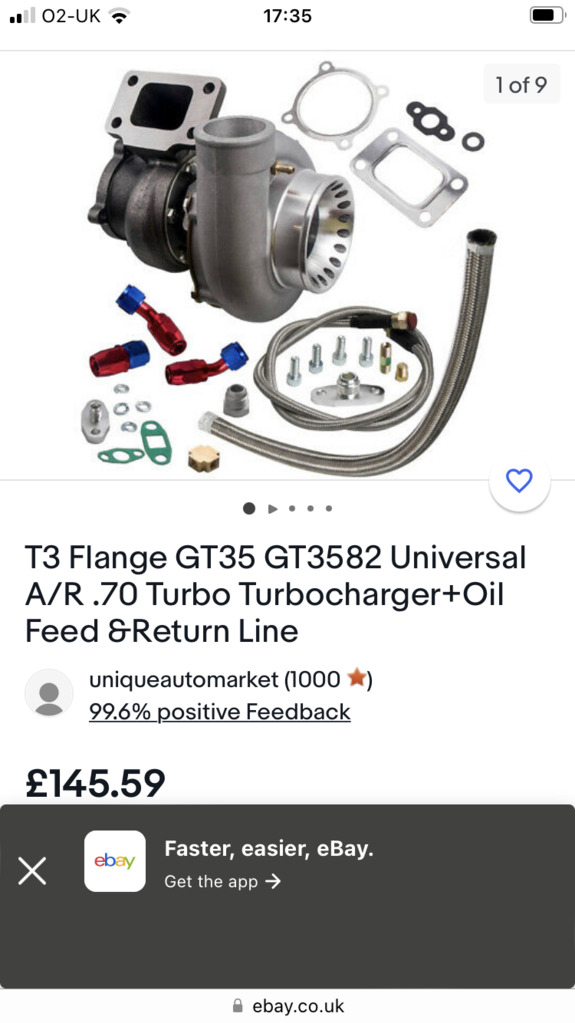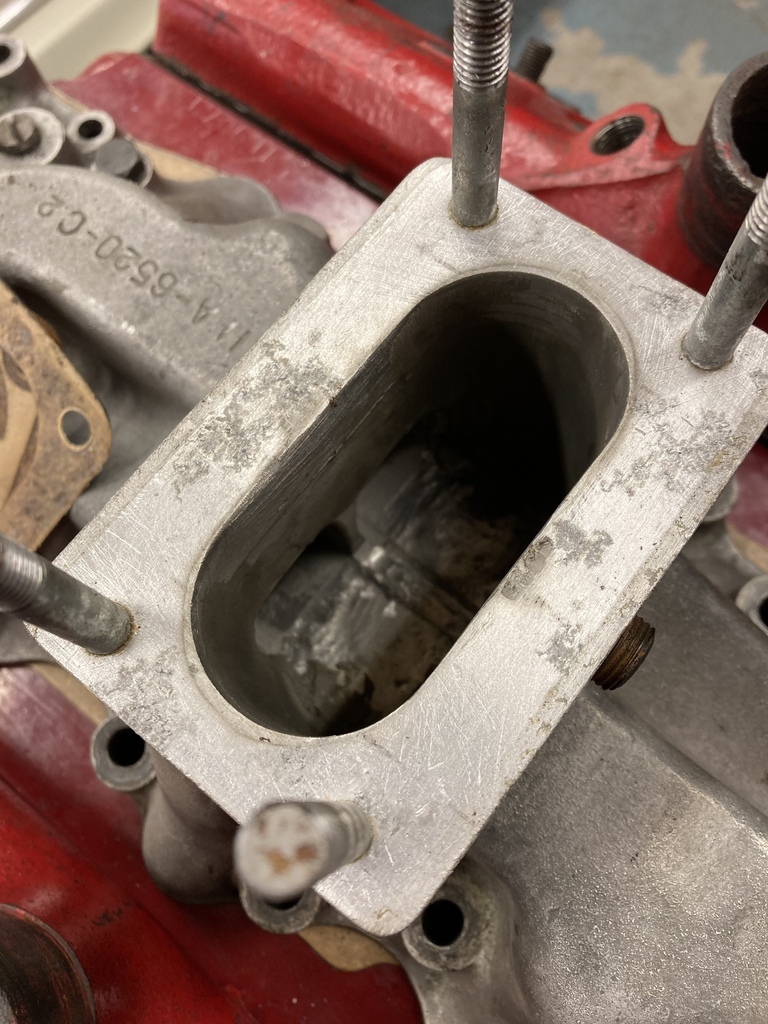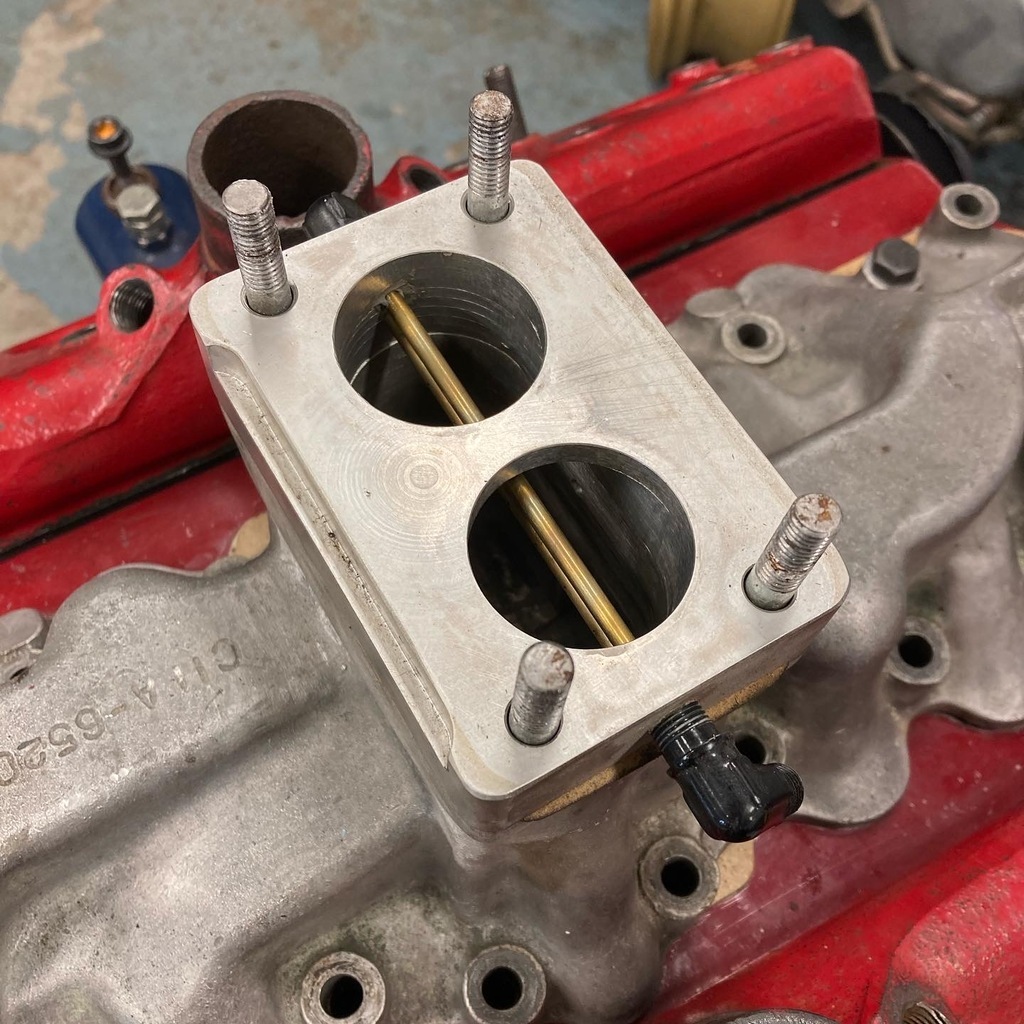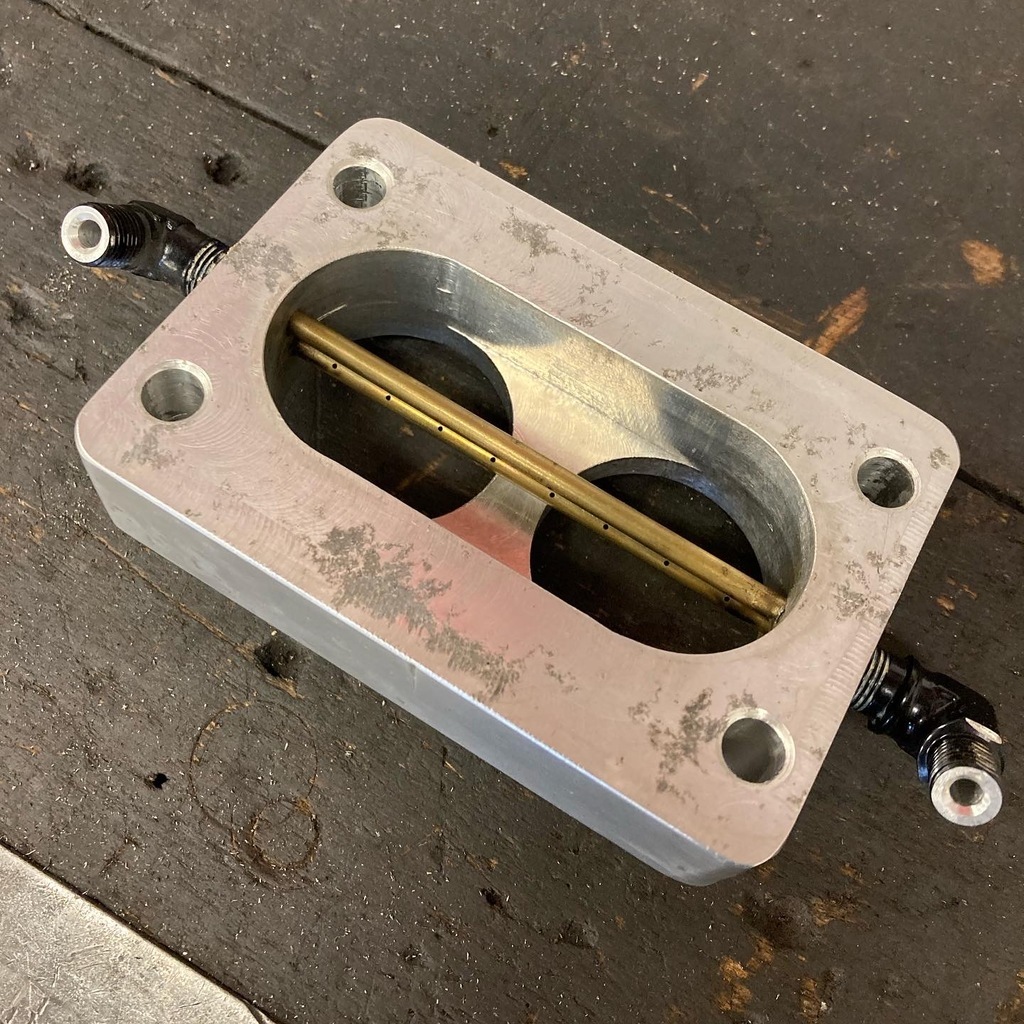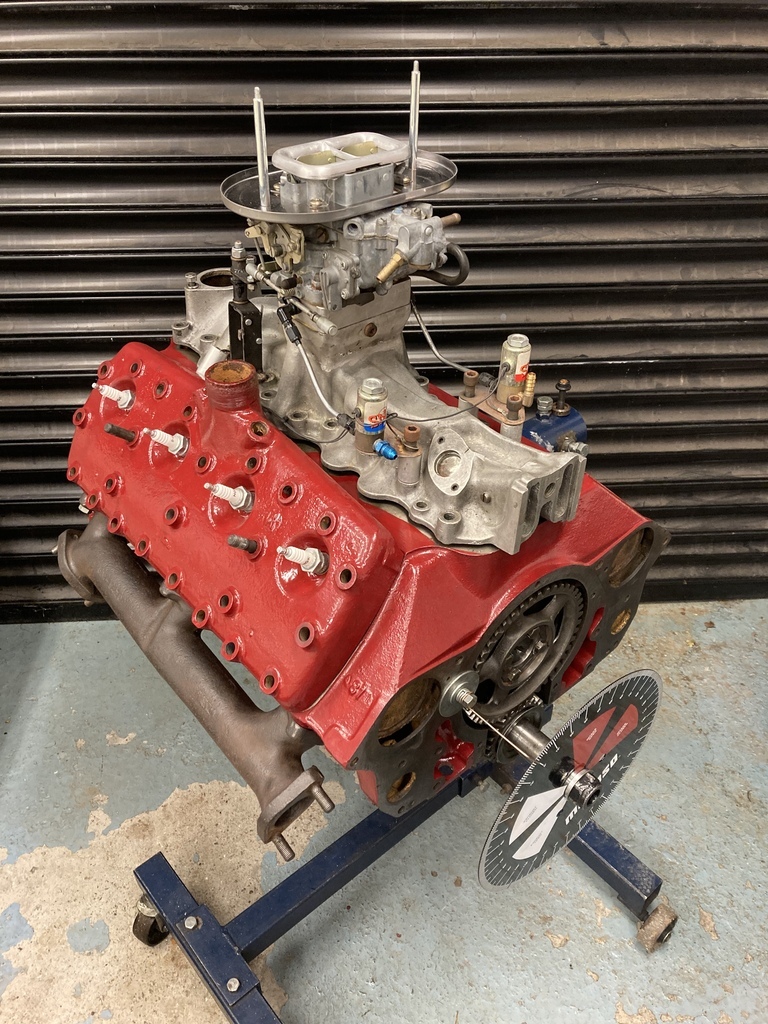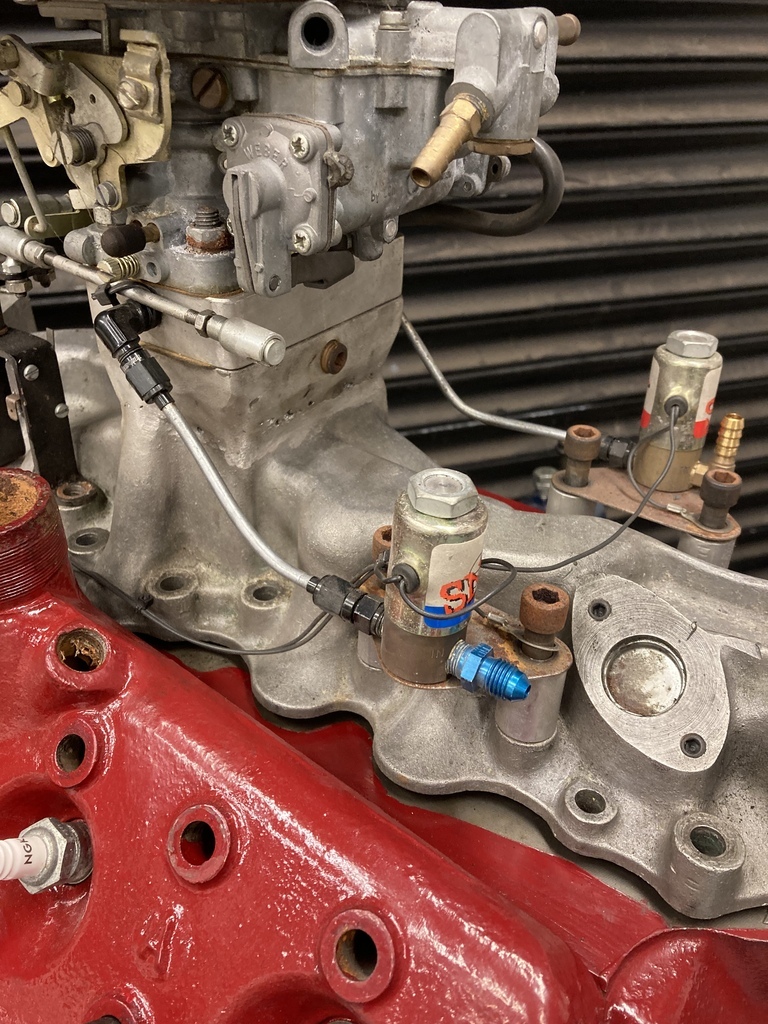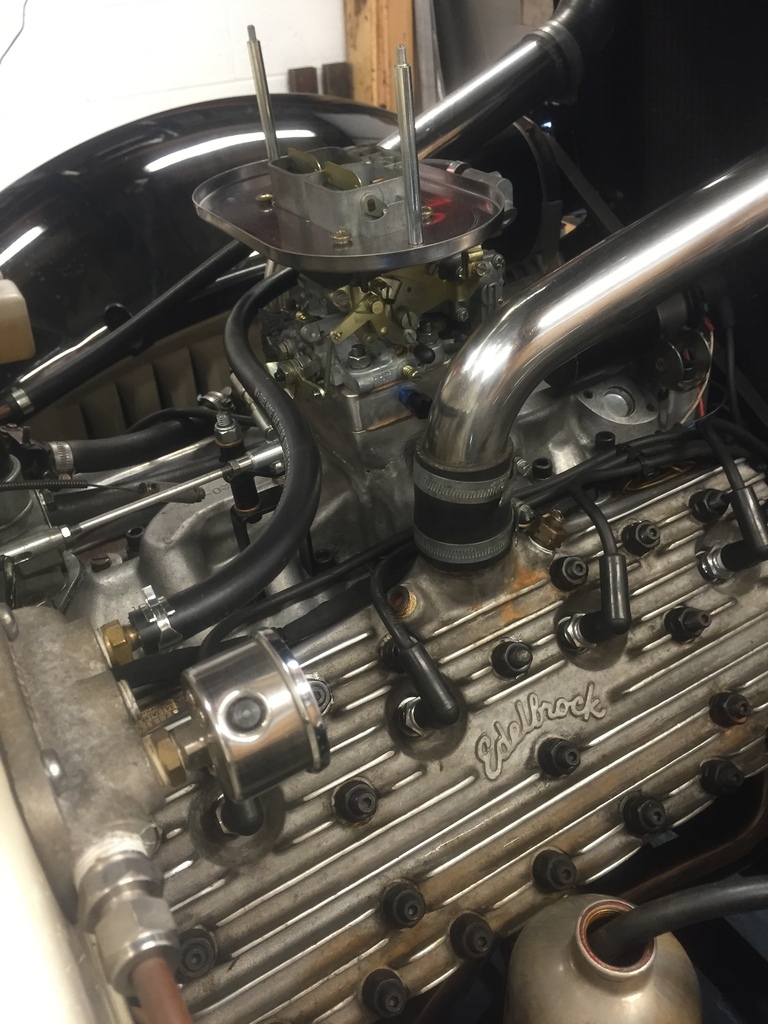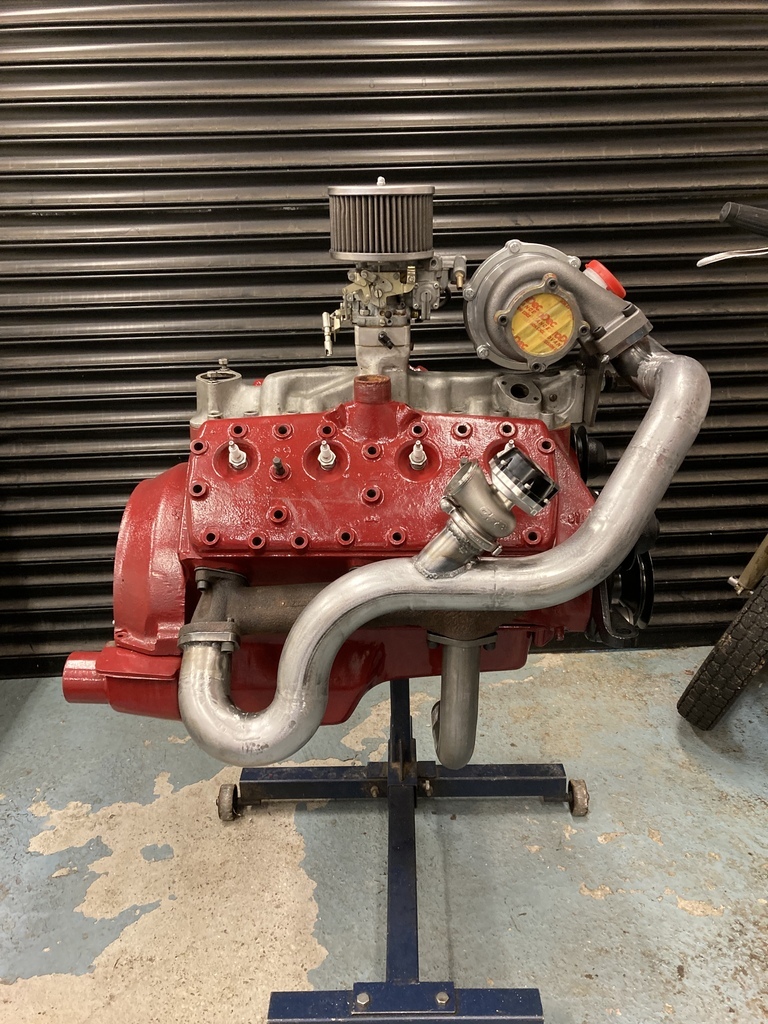
Let's start off on a high!
I'm a part time lurker that after some time on the dark side that is social media I've found myself gravitating back to forums because let's be honest there are only so many glamour shots that can hold your interest.
I thought my current distraction, what you see above, would be a good as thing as any to start a build thread and hopefully give something back.
Lets wind the clock back to 2009.
After a couple of Ford Model A's (I was dailying my first Model A at 19!) I got burnt out with them, sold it all and tried to buy a Porsche 356, as you do. Couldn't find the right 356, got impatient and bought this 1936 Ford 3W coupe instead. This was a full project it had no engine, gearbox, interior, floors etc. It needed everything.
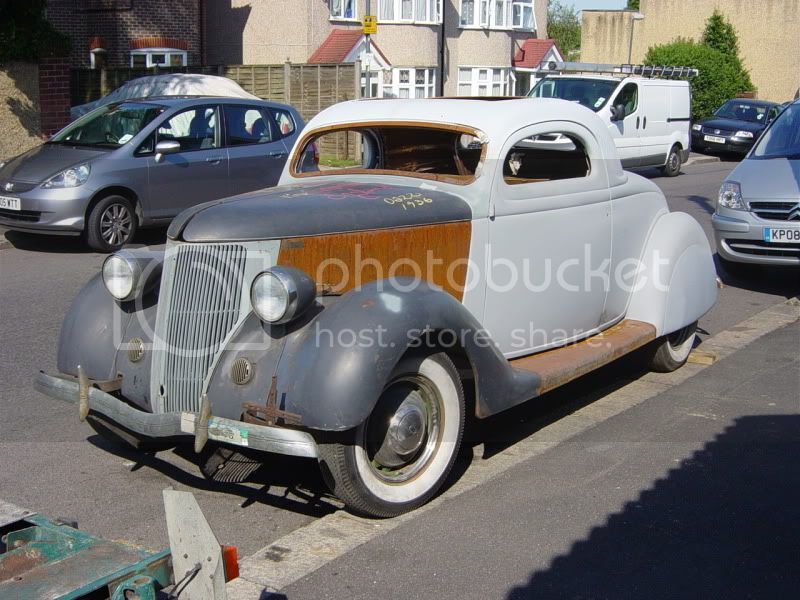
I covered the full build of the car and what's left of the thread can be viewed here.
https://www.jalopyjournal.com/forum/threads/ooh-the-horror-my-36-coupe.378308/
I did EVERYTHING in this car from shows, drag racing, dirt tracks, sprinting and hillclimbing. I've driven it through most of European. As far south as the Mediterranean Sea, over the Swiss Alps in East and as far north as Sweden. It's even lapped the Nurburgring!
It became and still is quite the all rounder I always wanted it to be.
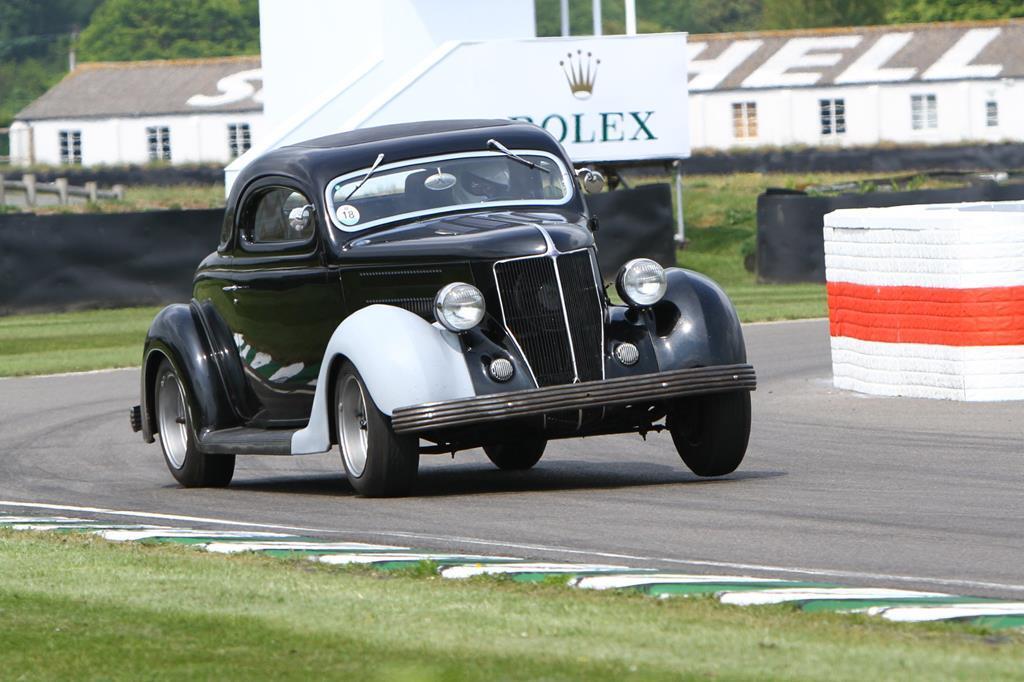
What's all this rambling got to do with a turbo'd Flathead?
Alot of this action? abuse? happened with the power of a little small bore Flathead engine. Remember me starting with an engineless project? At the time I was looking for an Flatty and one came up on EBay for a few hundred ££. Take out, runner (Aren't they all!?).
Flatheads aren't particularly rare here but they don't grow on trees either. The days of a couple of hundread ££ are llooonggg gone now.
The story from the seller was that he had removed it from his '42 war time CMP (Canadian Military Pattern) truck because he'd fitted a big capacity French Flatty so he could run it on LPG! The story checked out because he took me out in the CMP truck with French motor and LPG. He also showed me his Flatty powered tracked Bren Gun Carrier and '41 Ford Woody staff car!
This is a CMP truck.
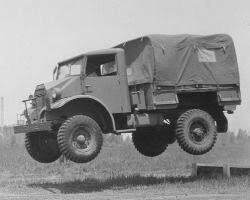
This is a Flatty powered Bren. Interesting fact about the Bren's is that they are steered with a steering wheel not levers or pedals and initial steering input tweaks the tracks so you can steer a sweeping curve. As more steering lock is applied it locks a track to be able to rotate on itself like a conventional track vehicle.
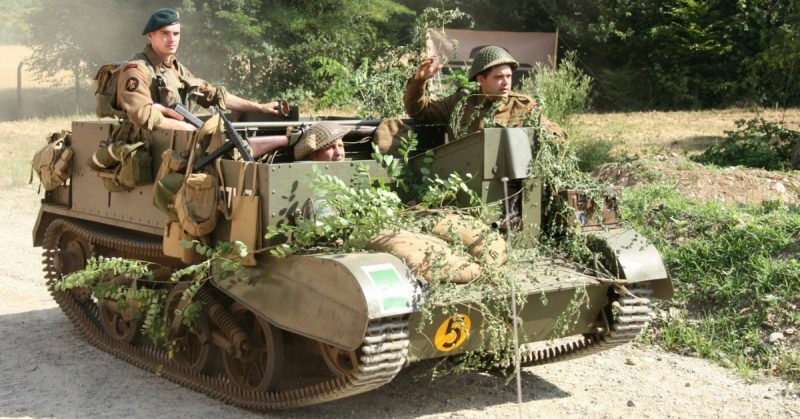
To be continued…






